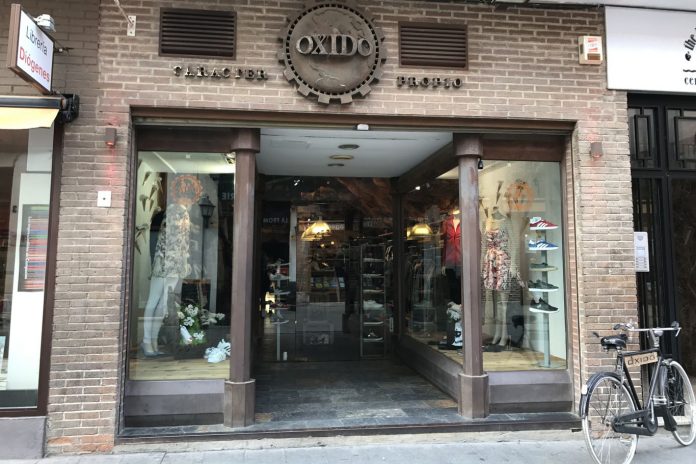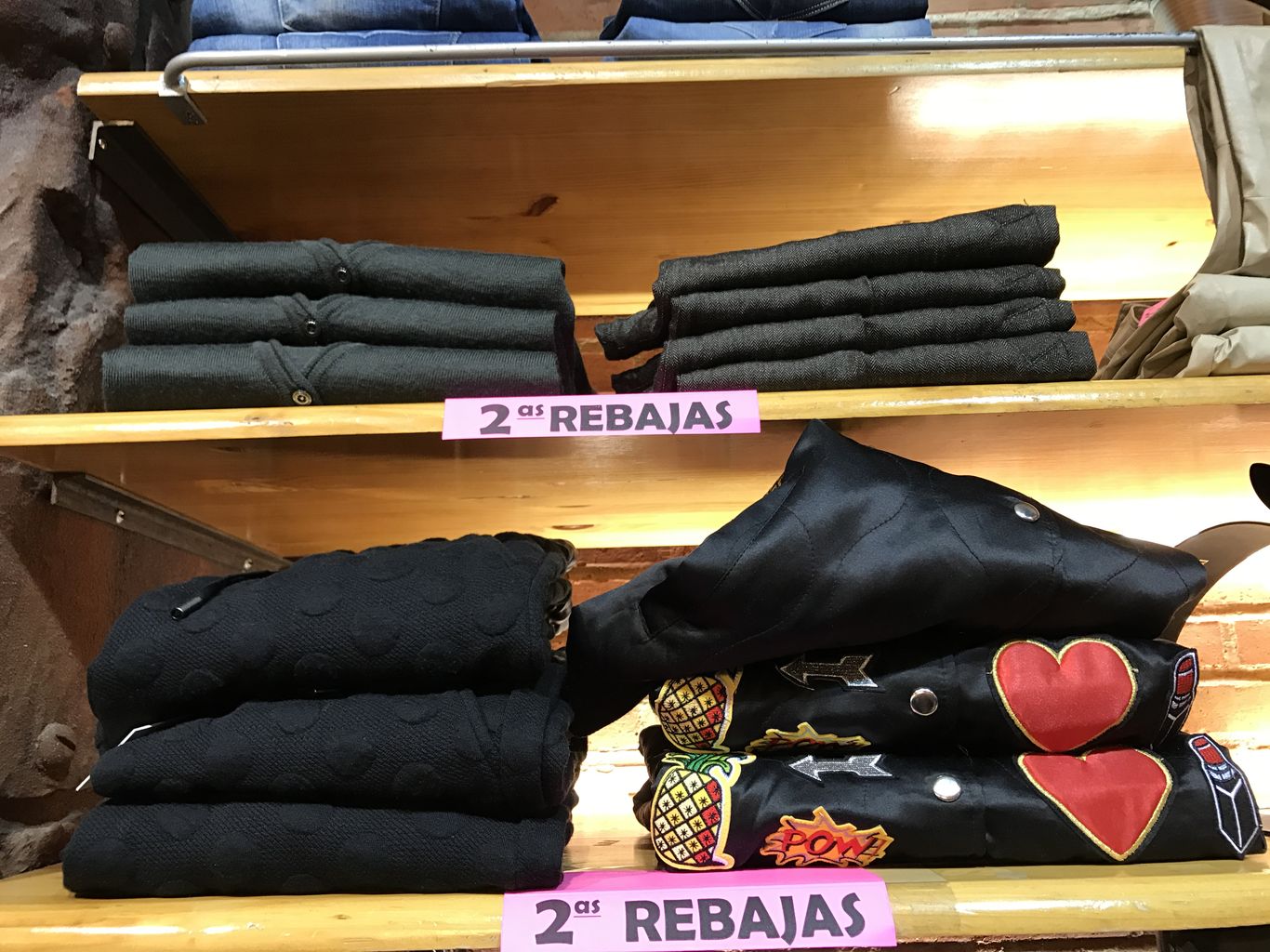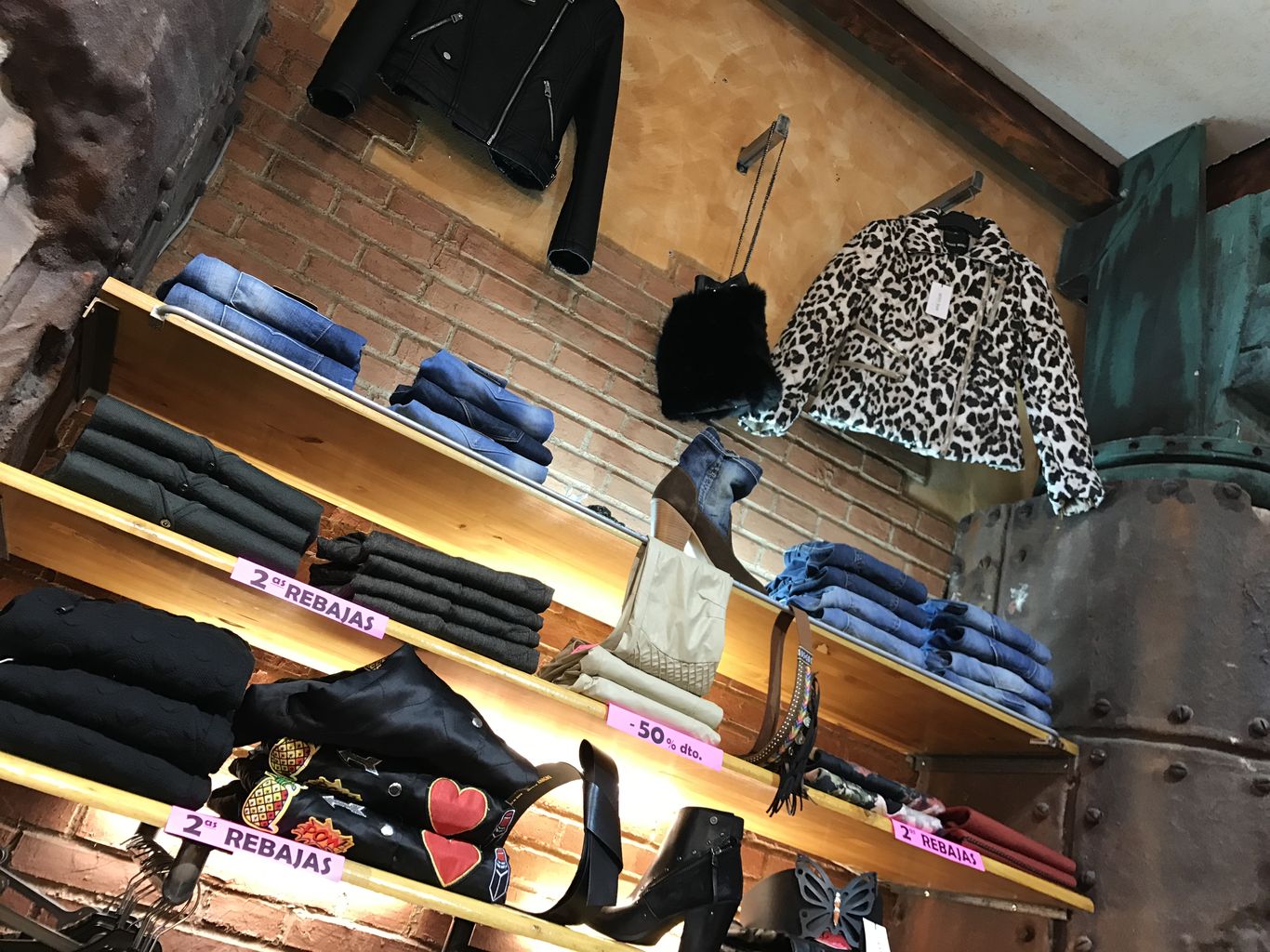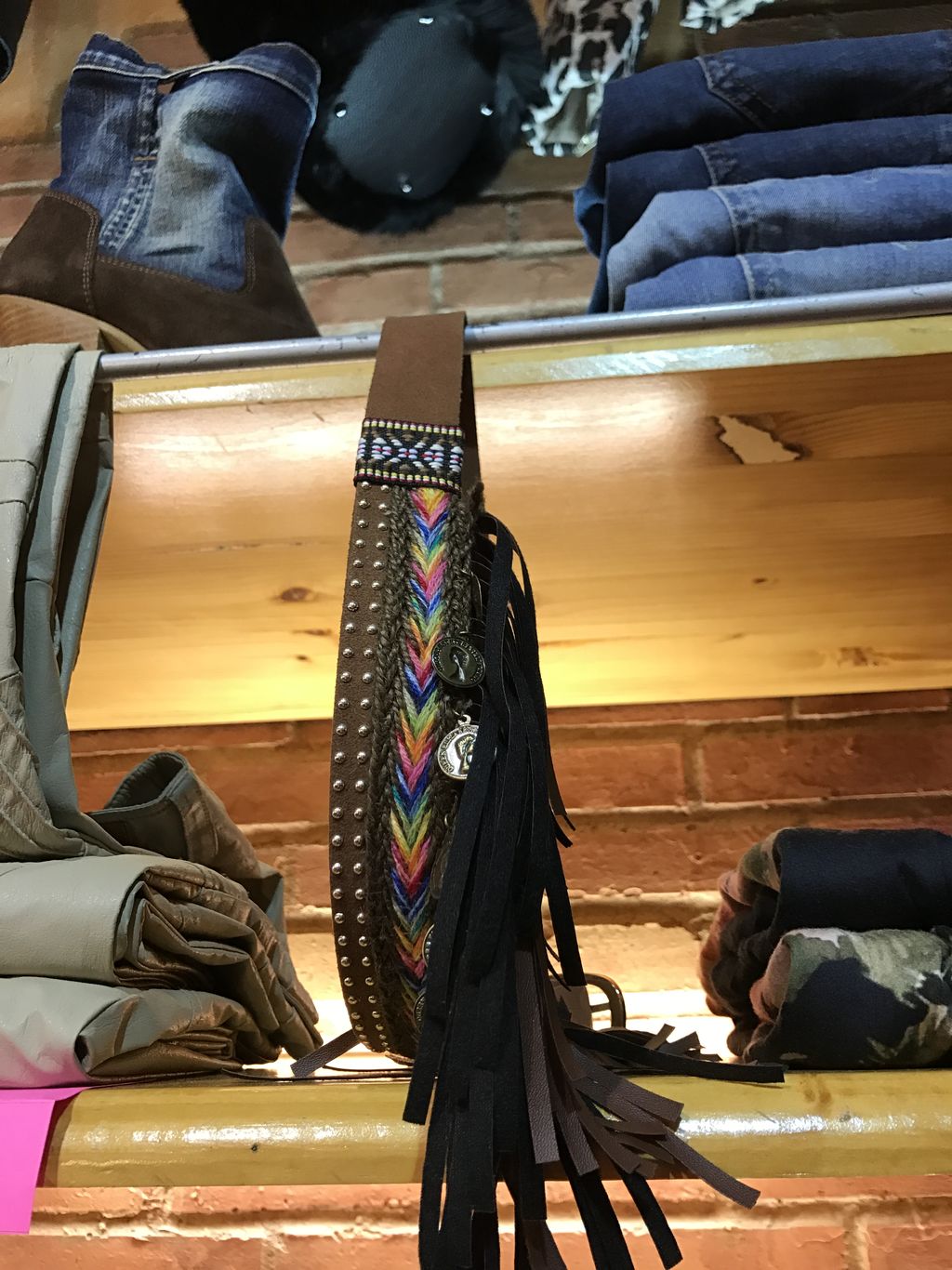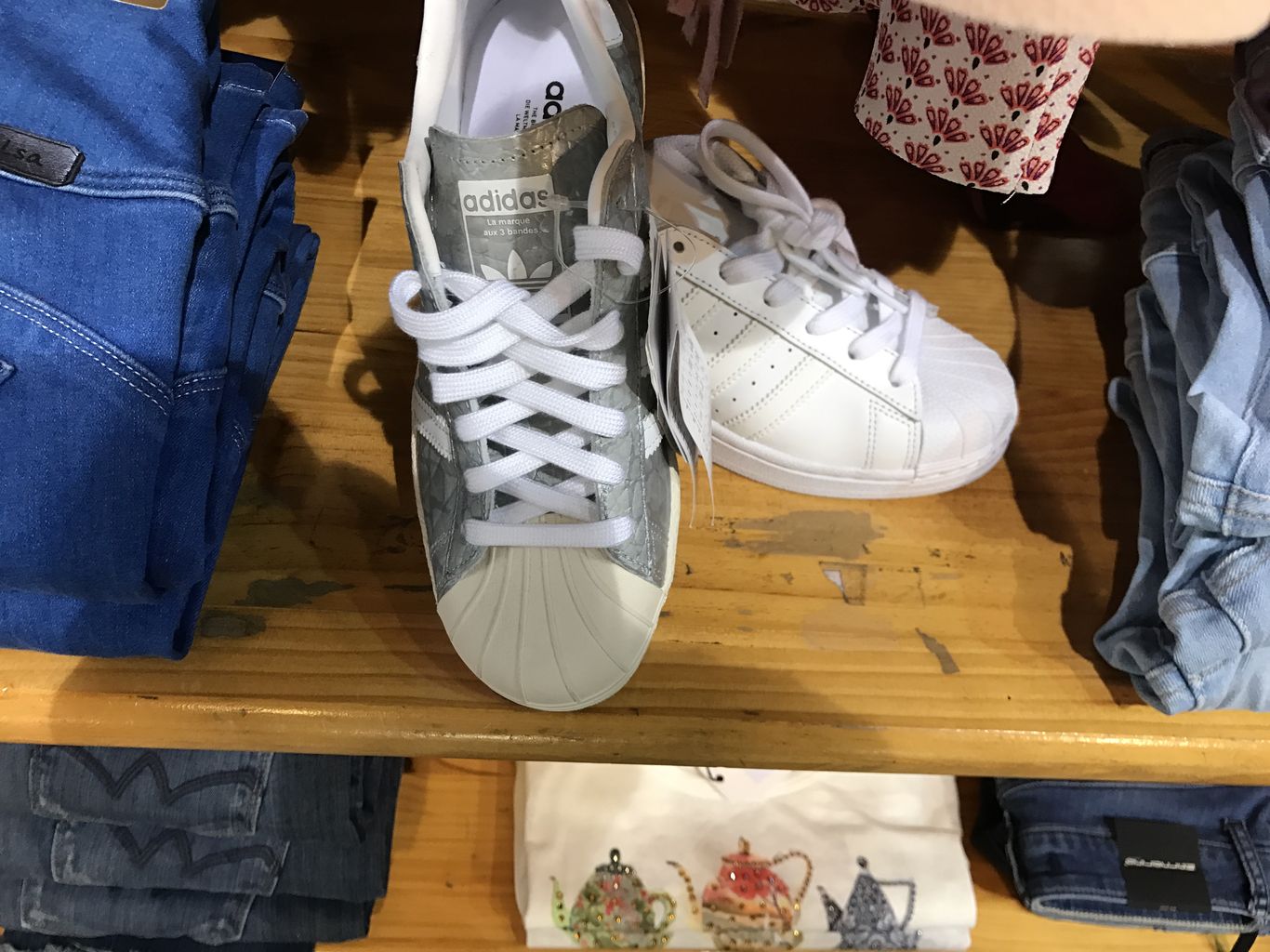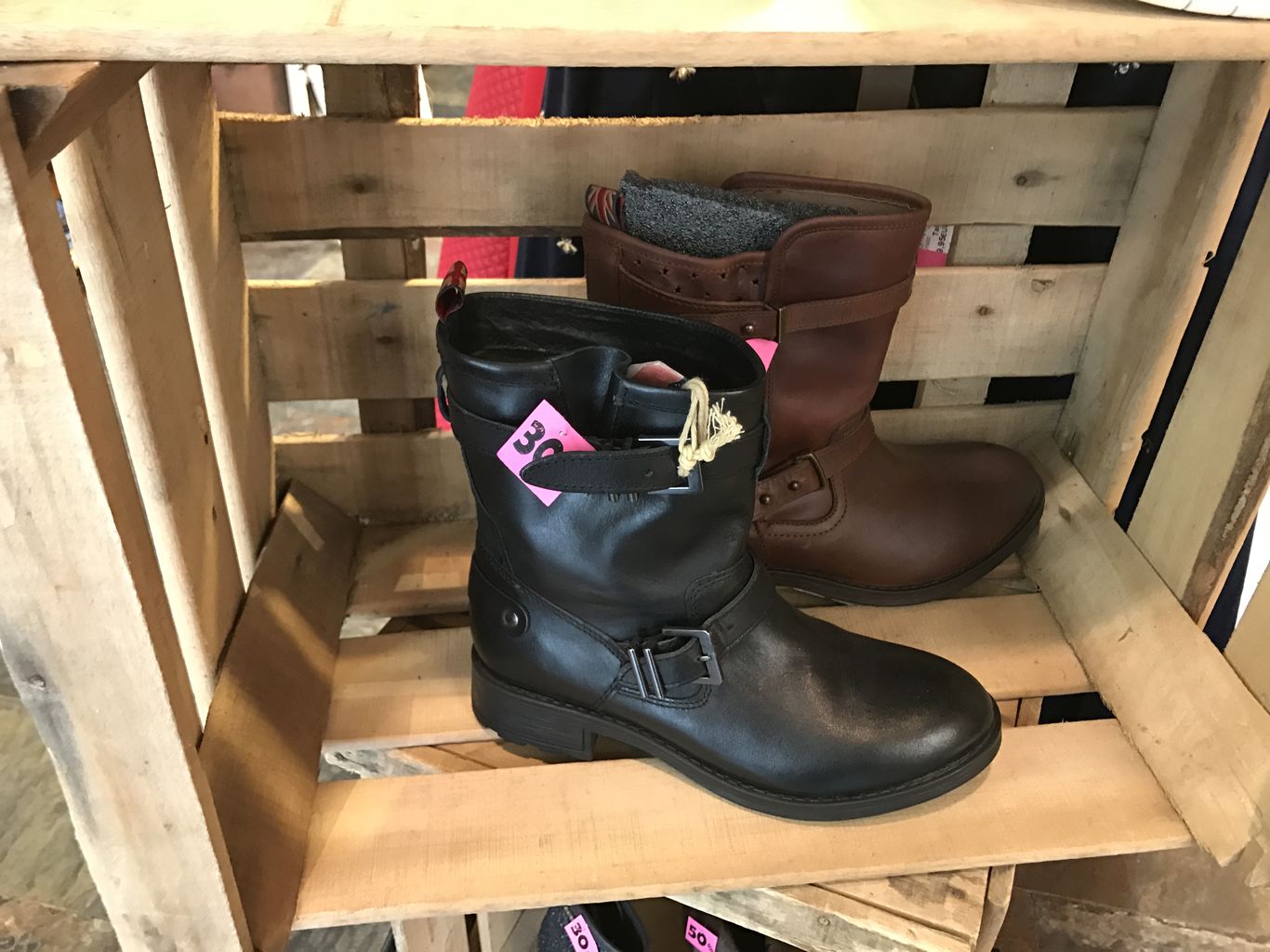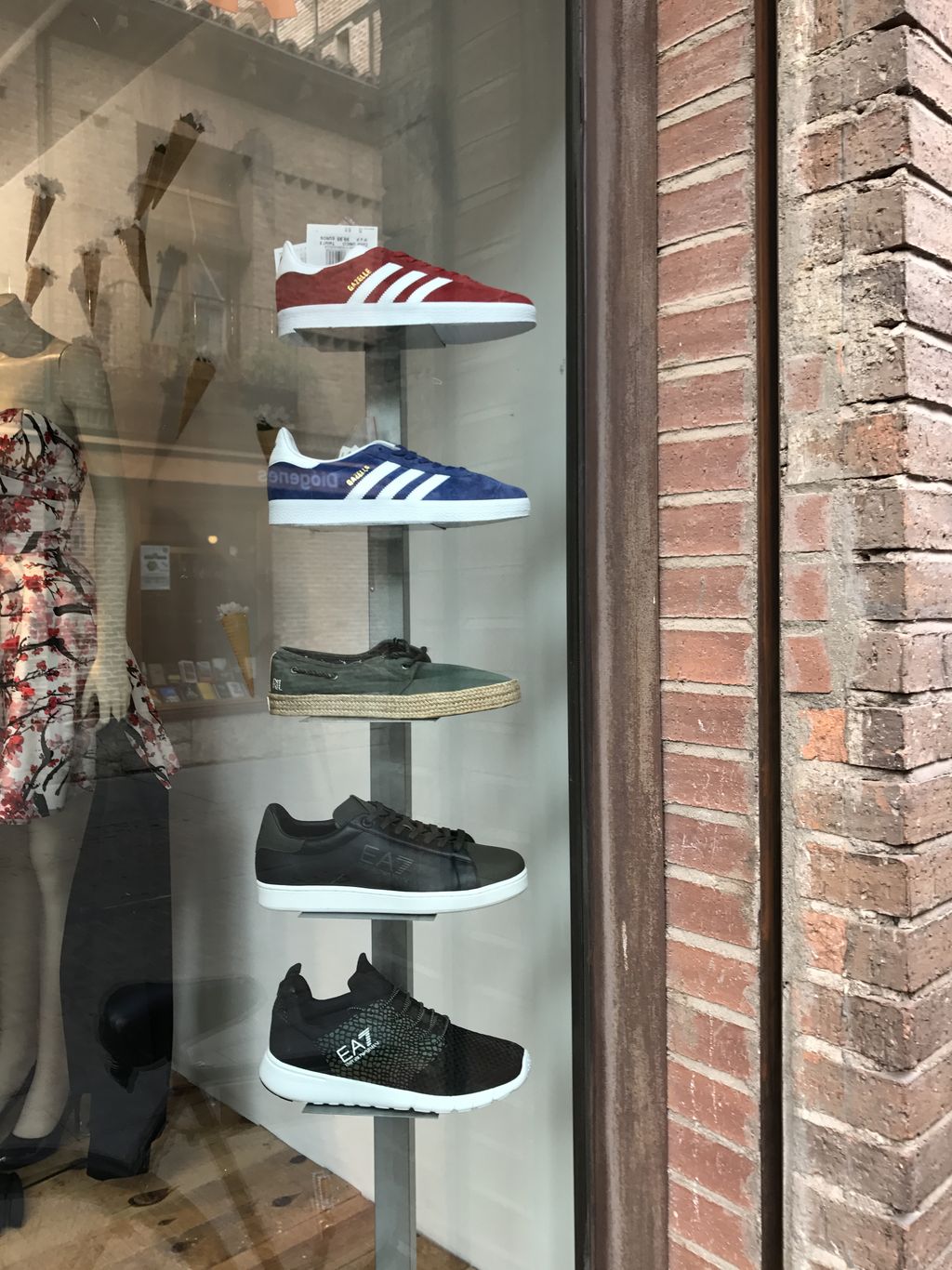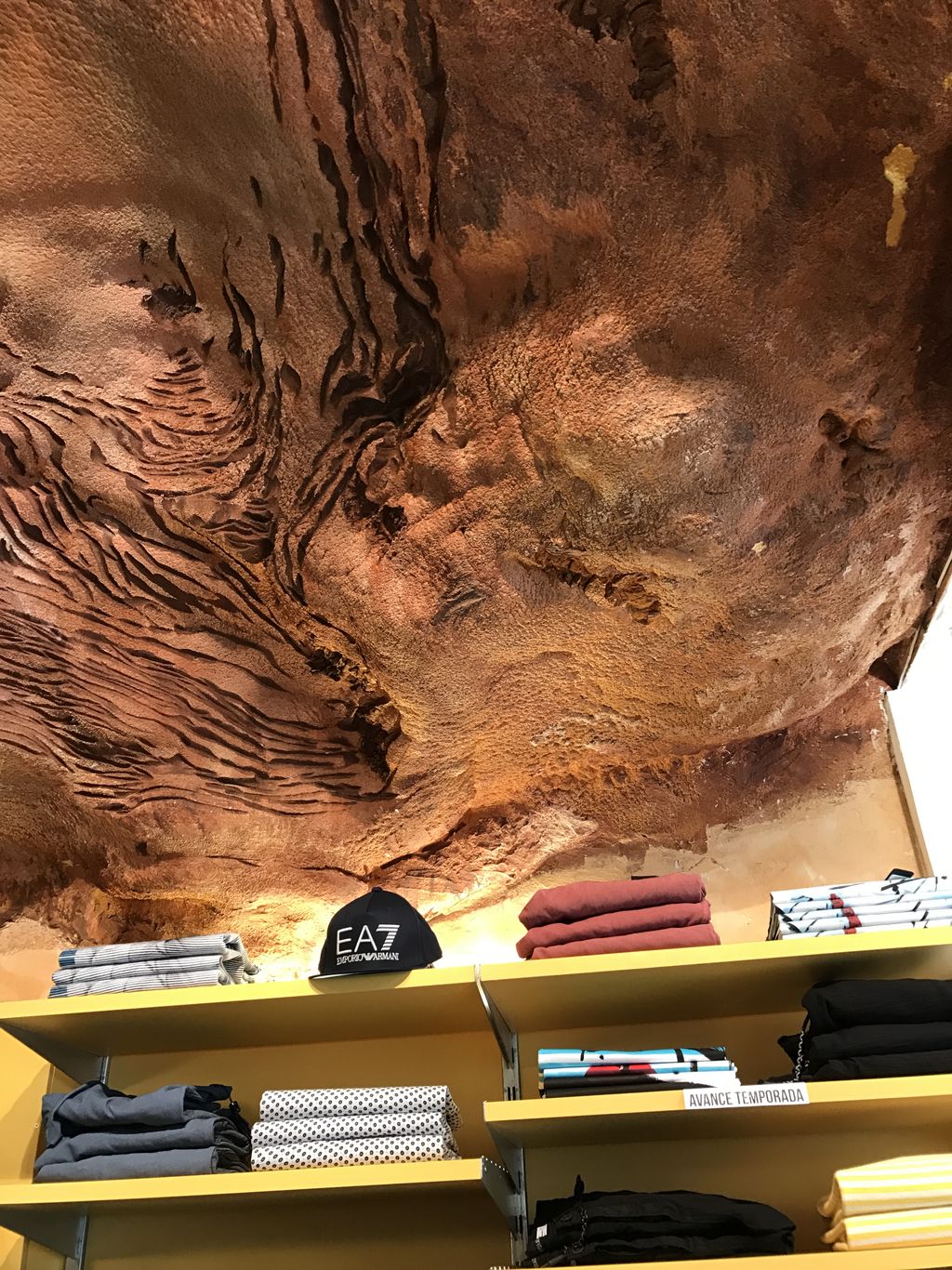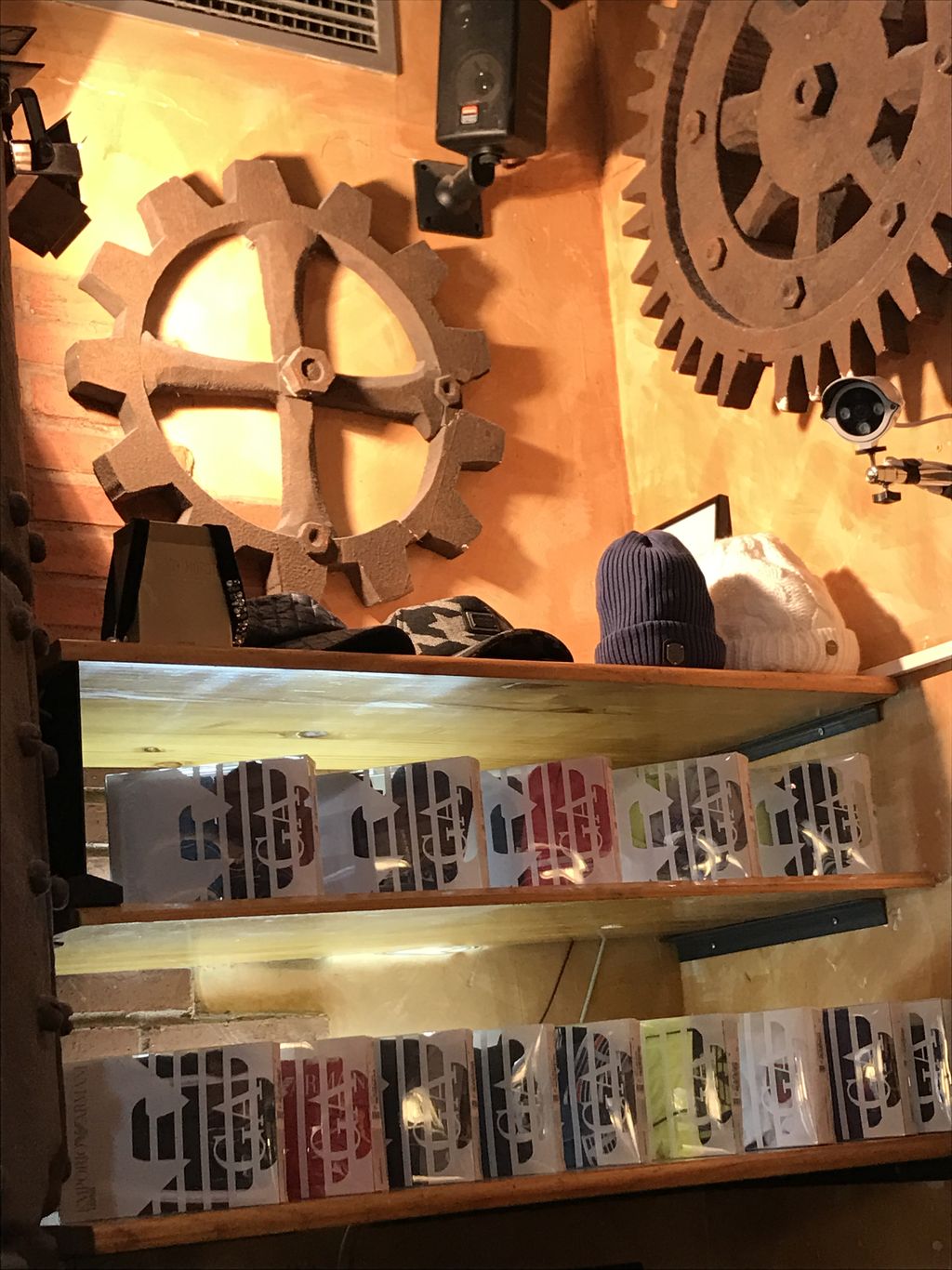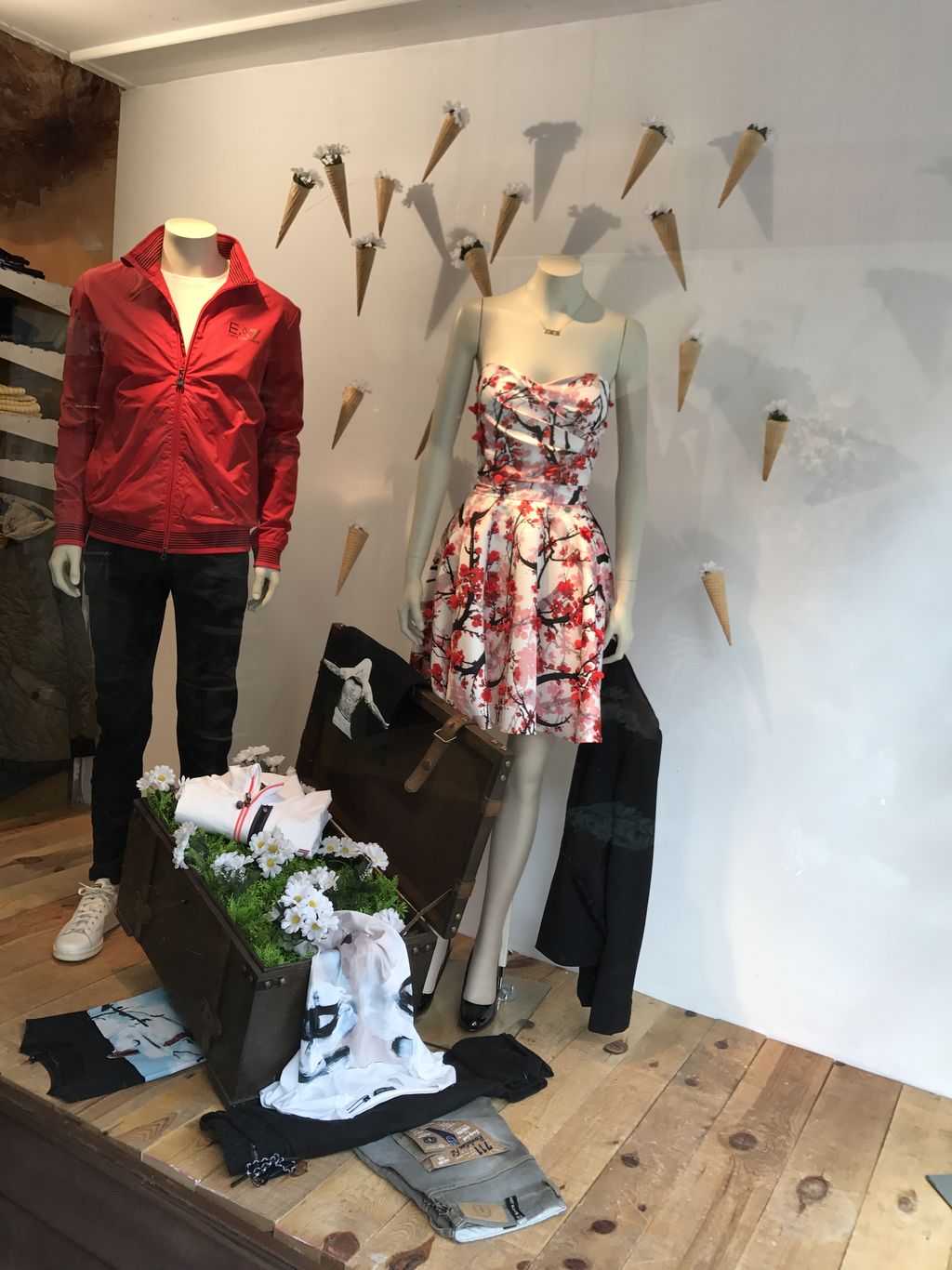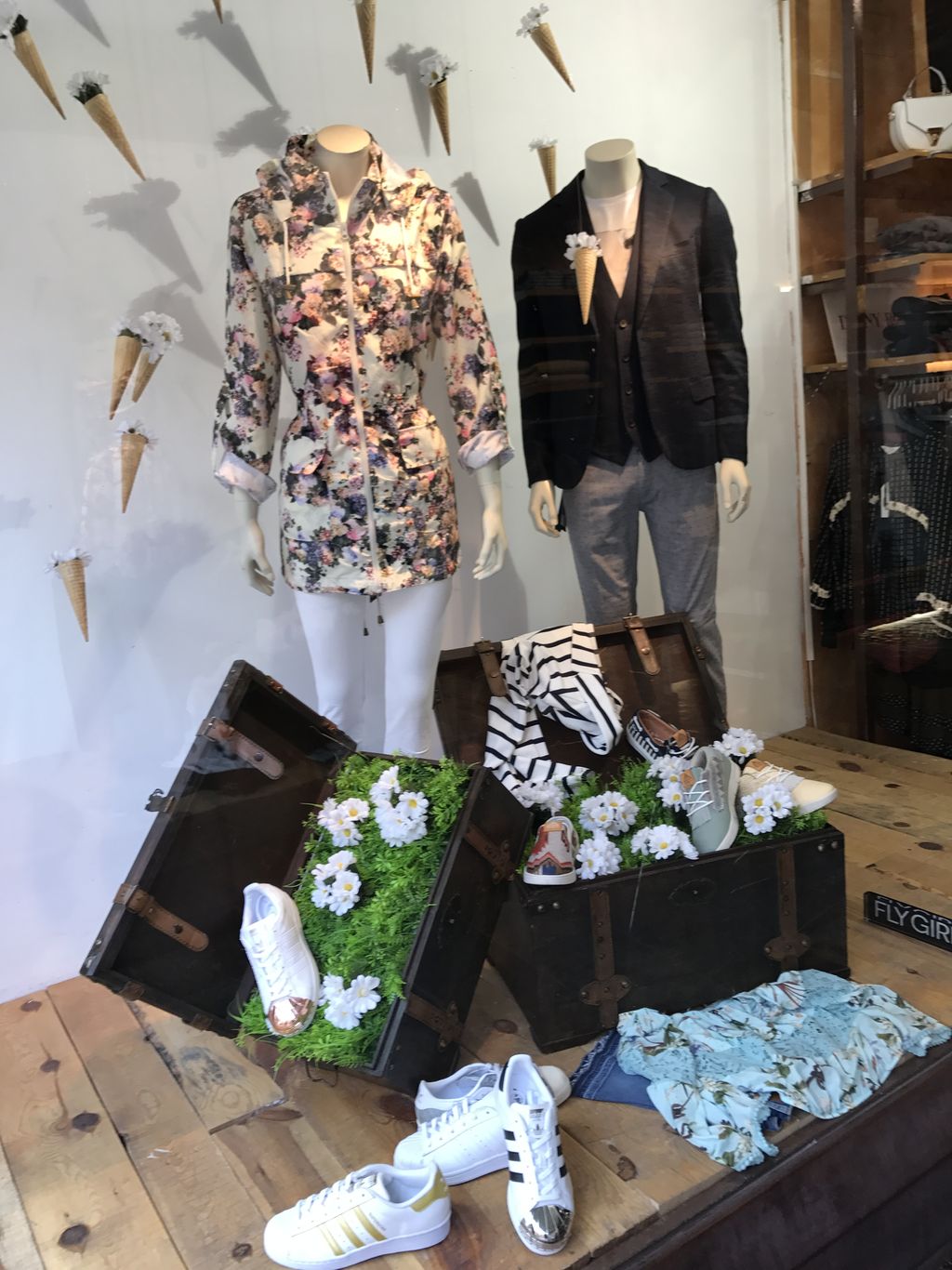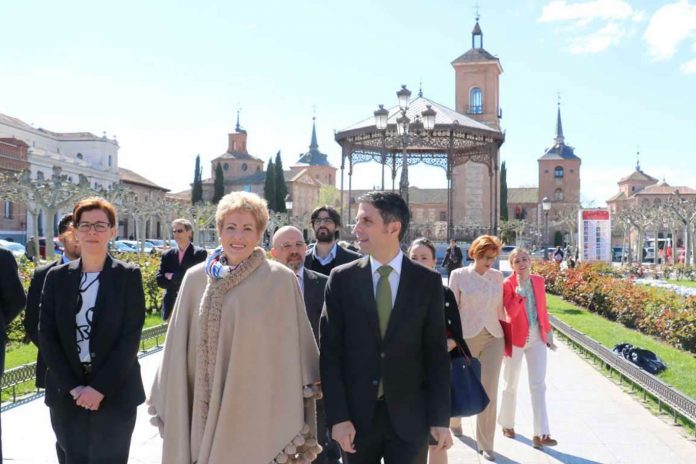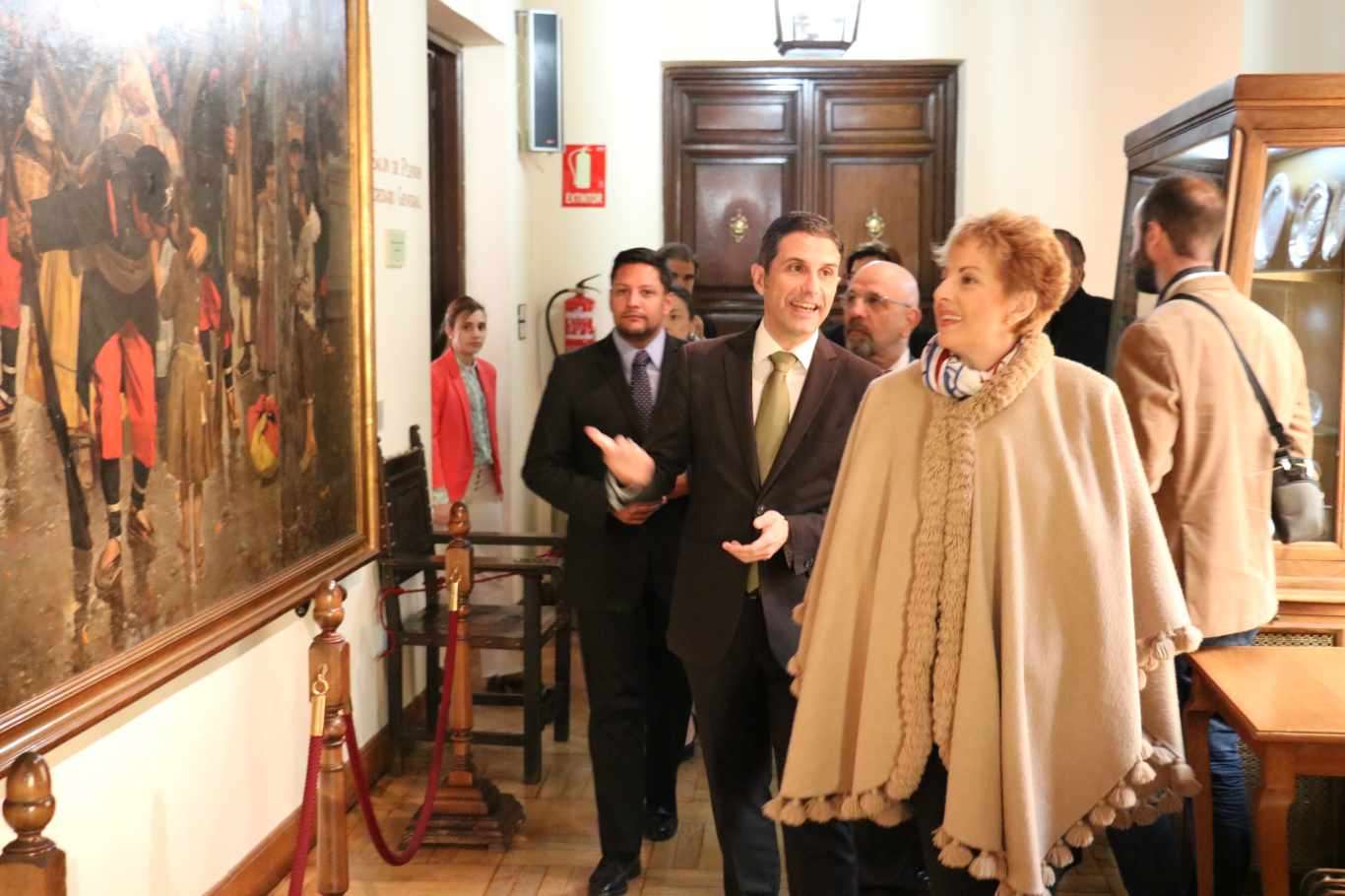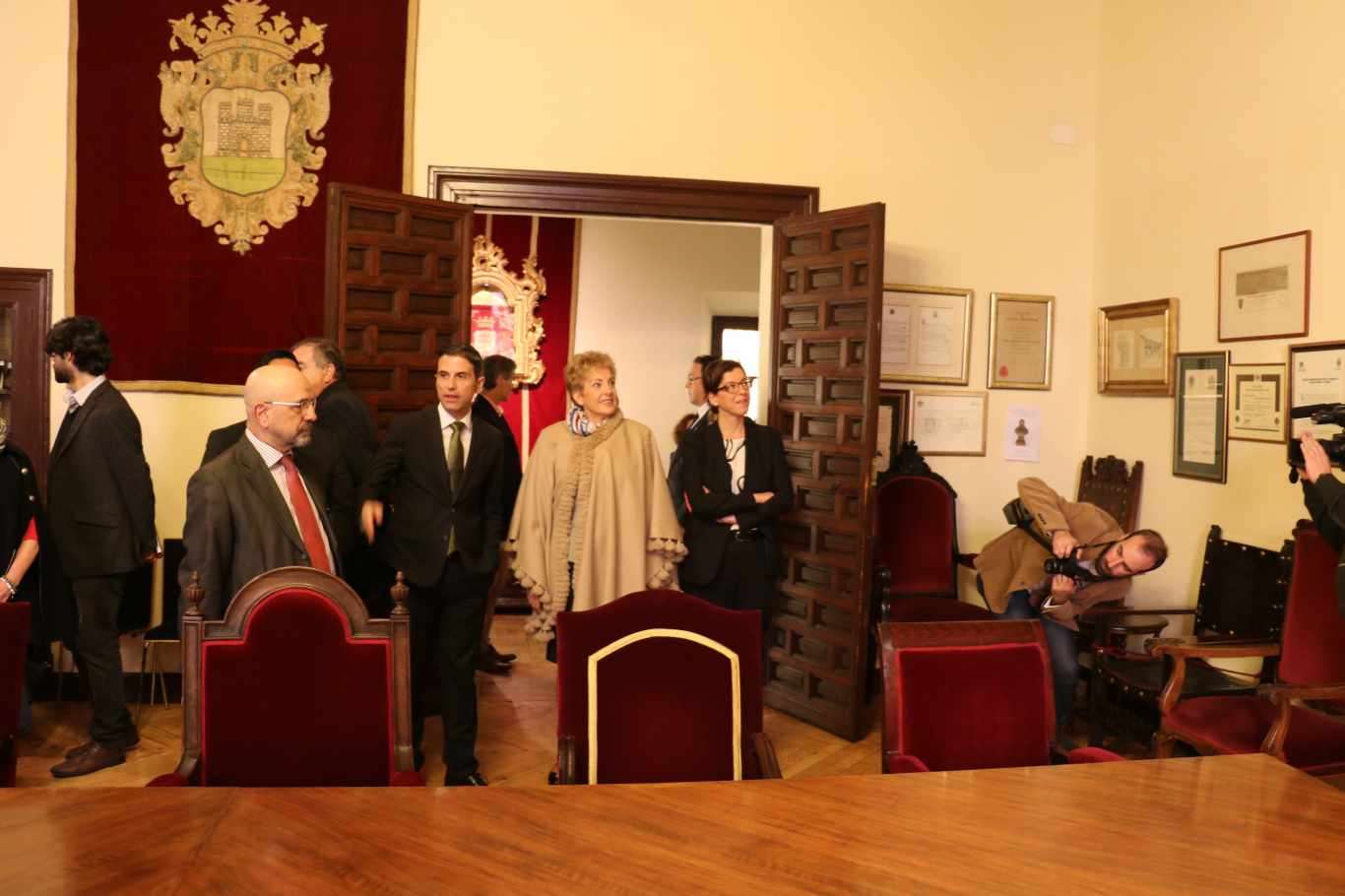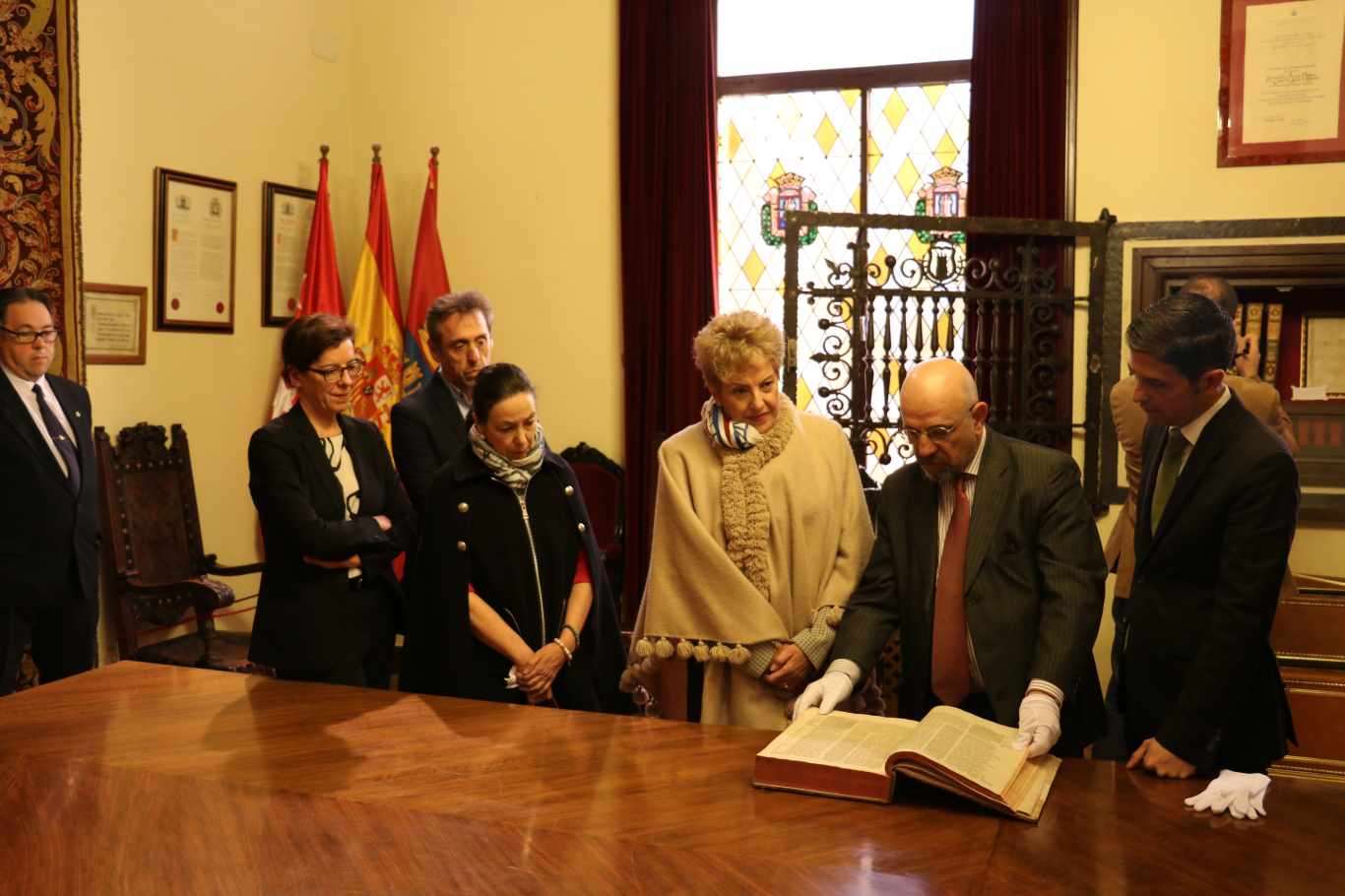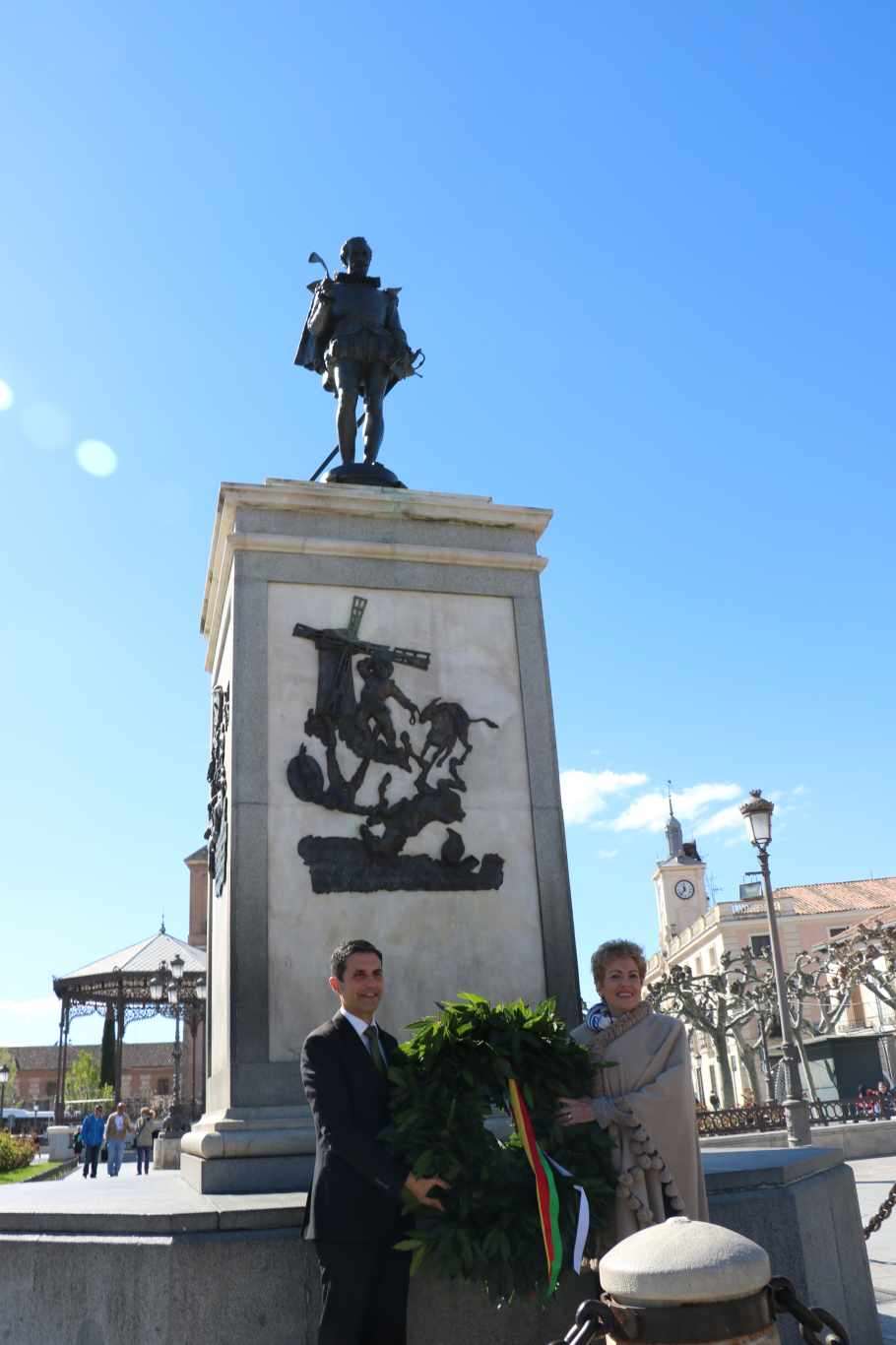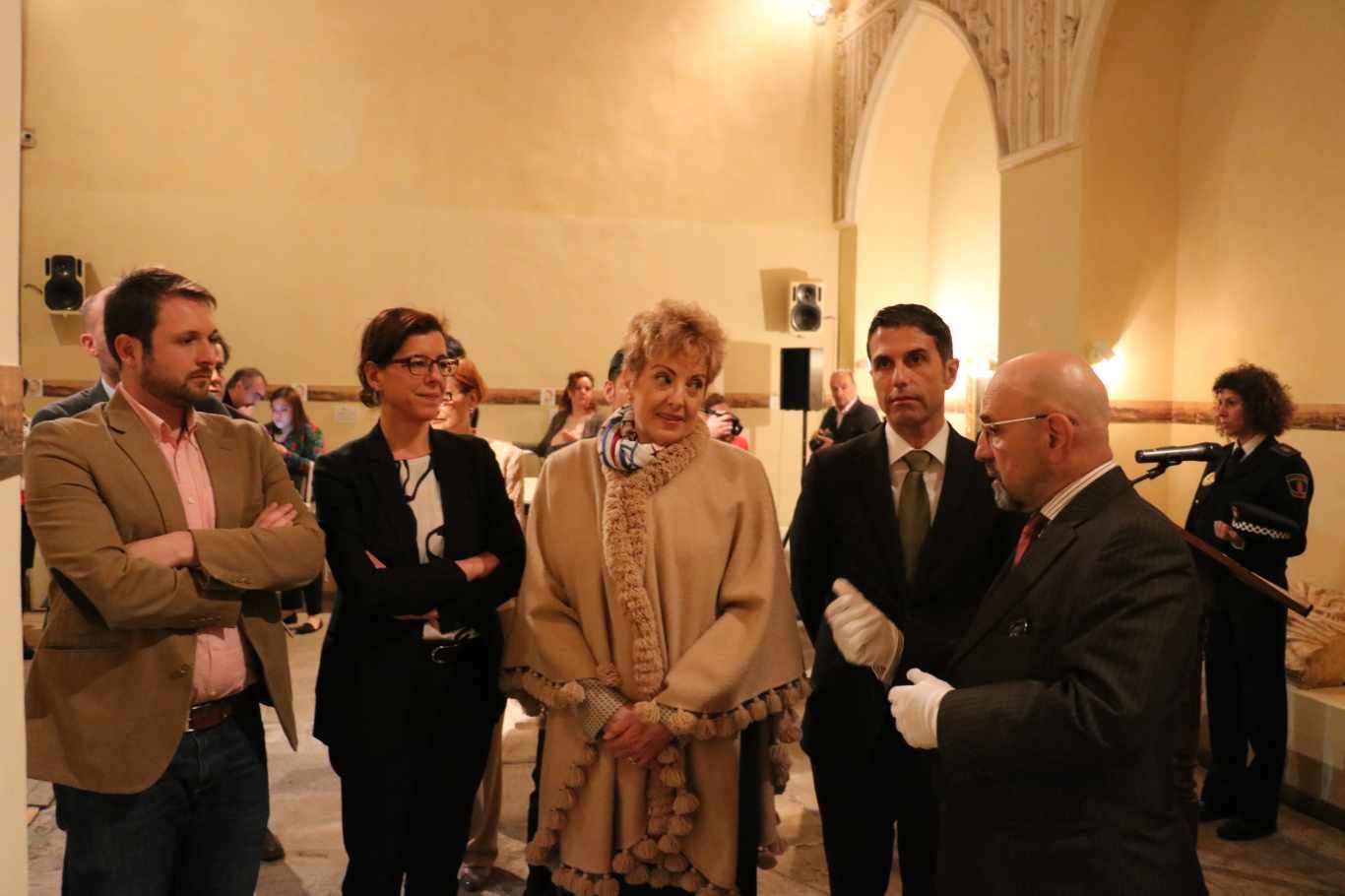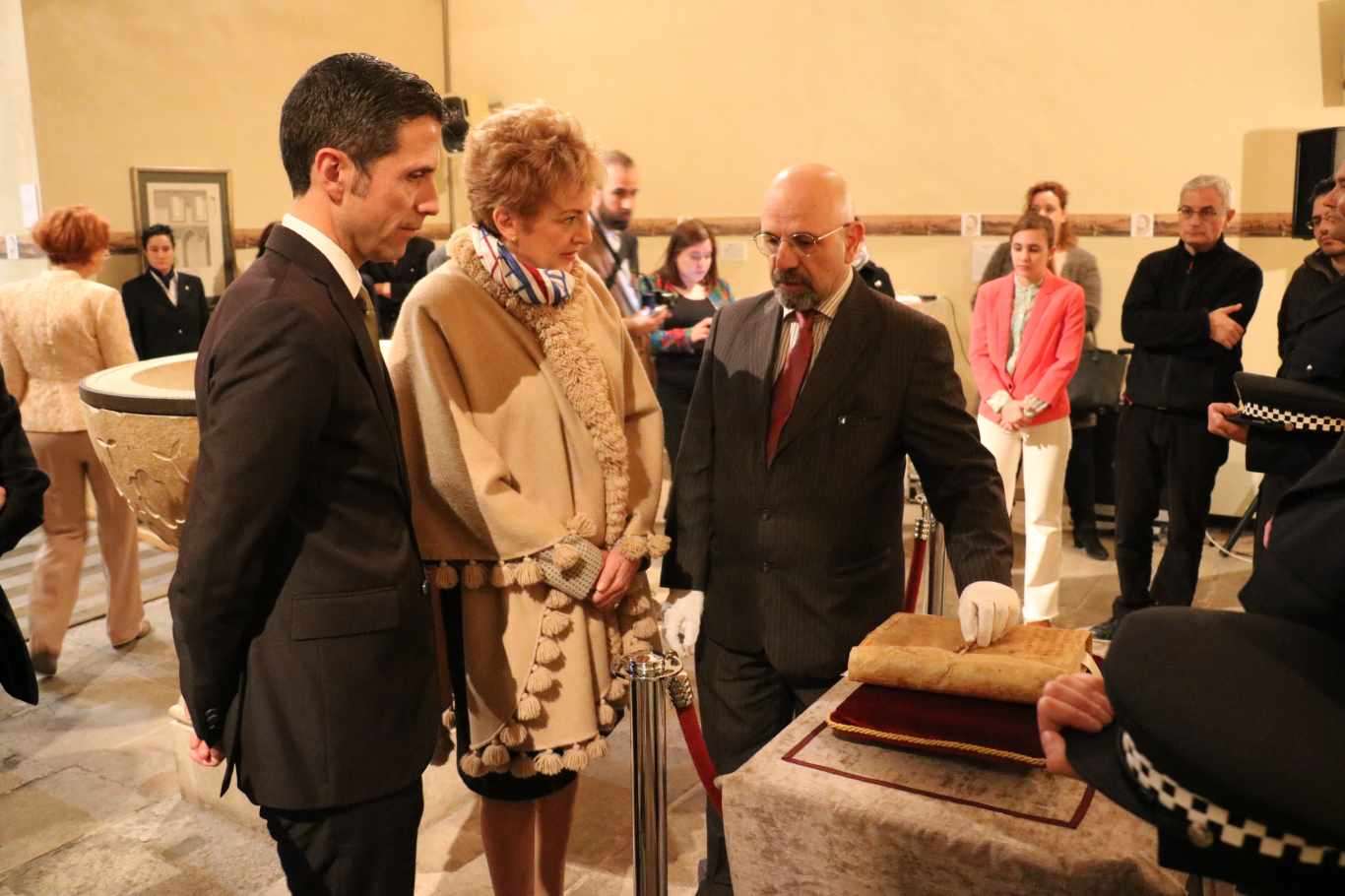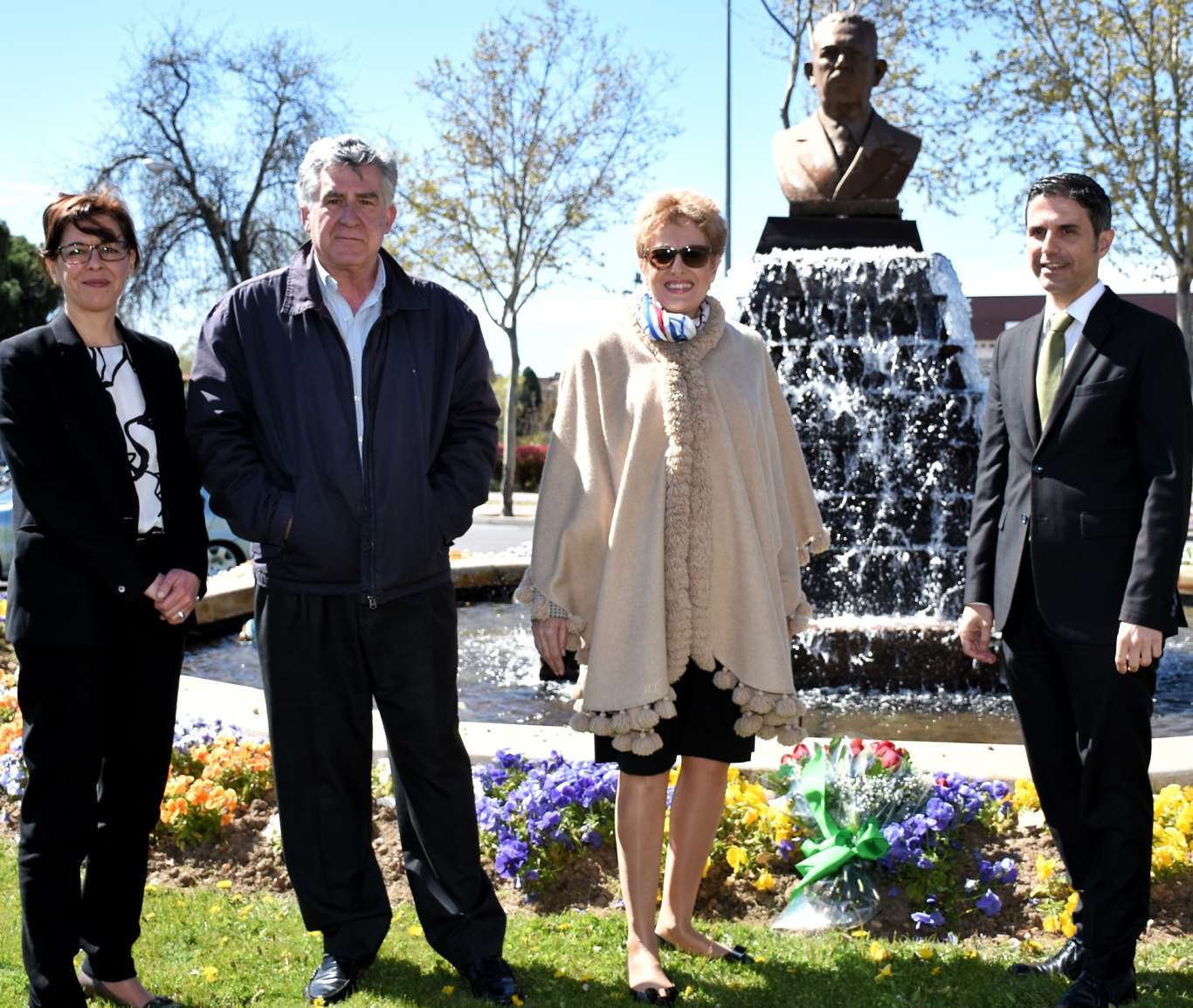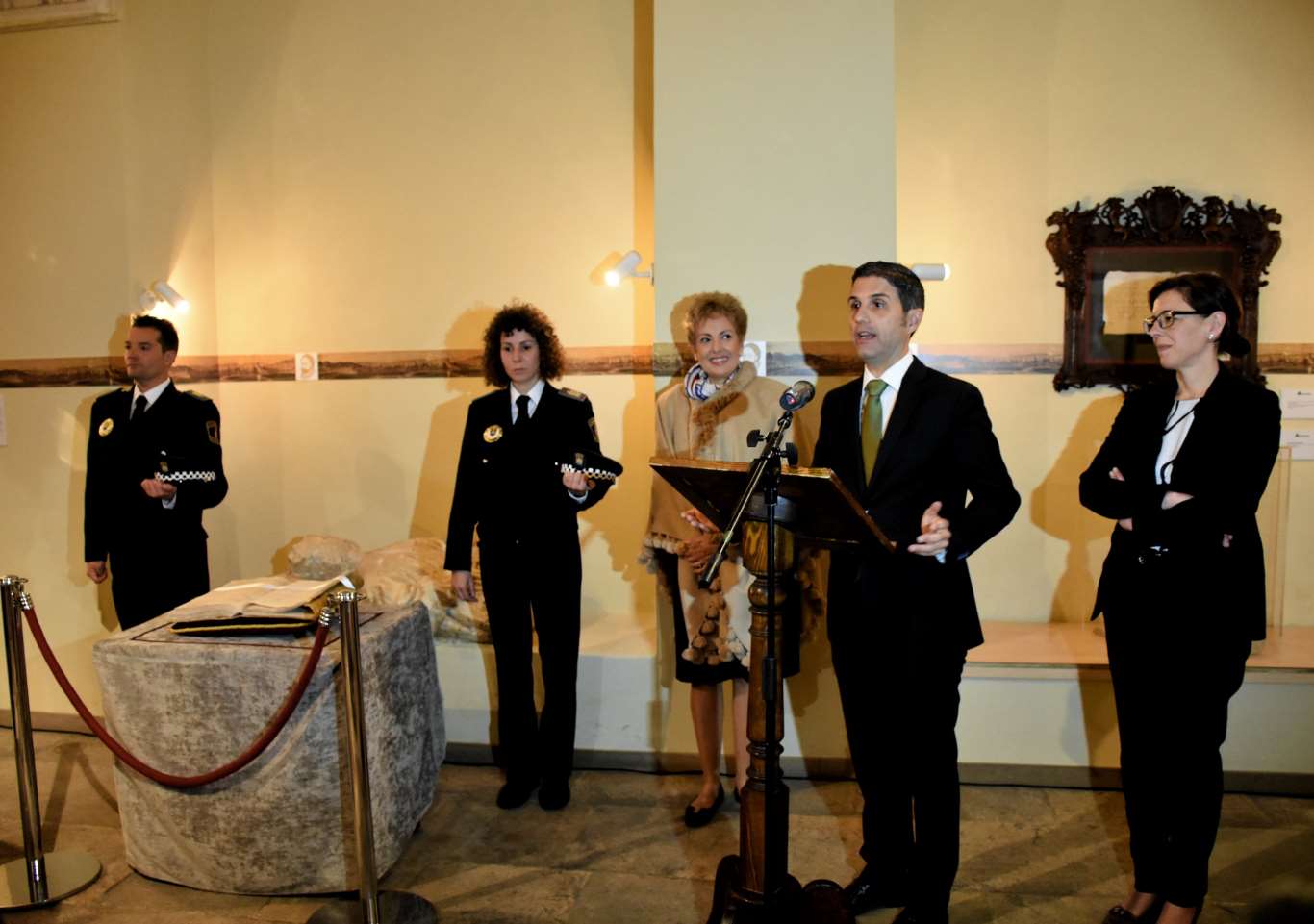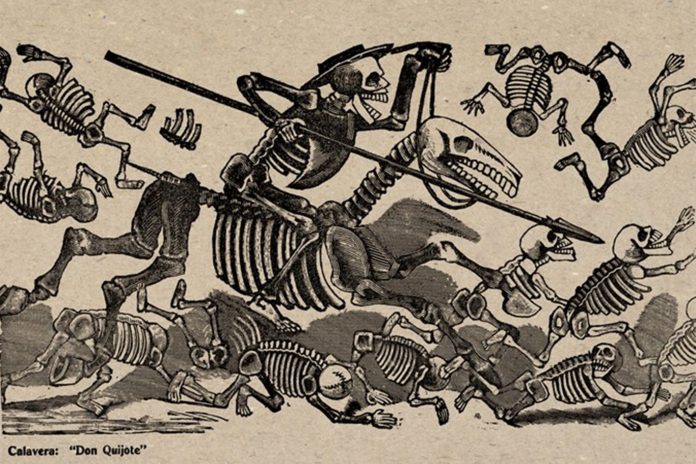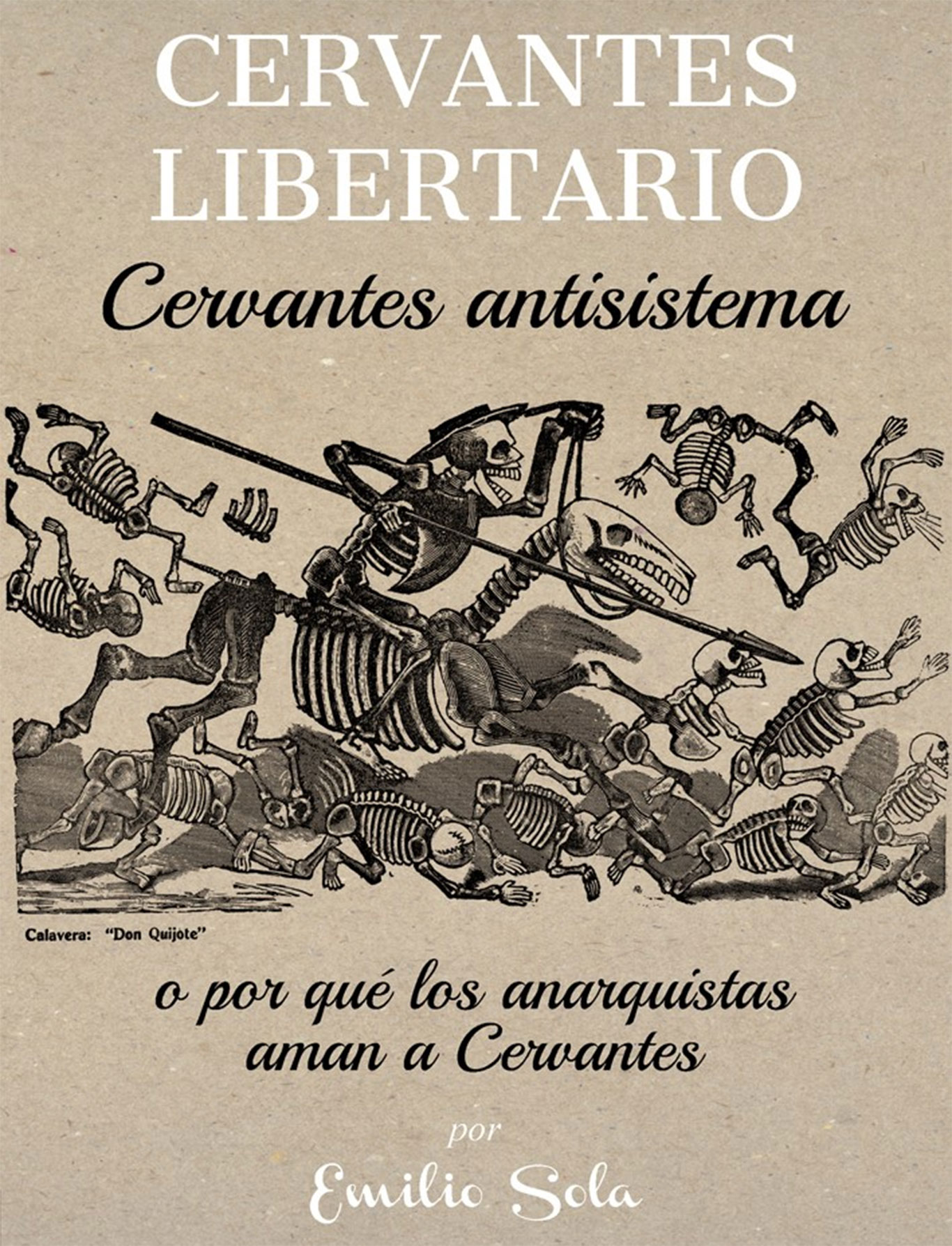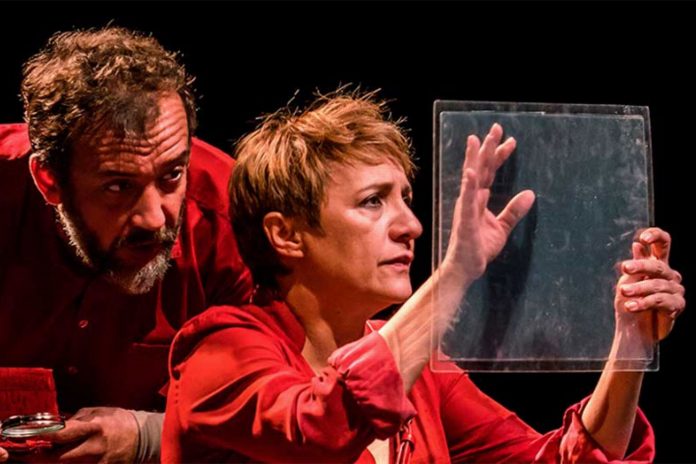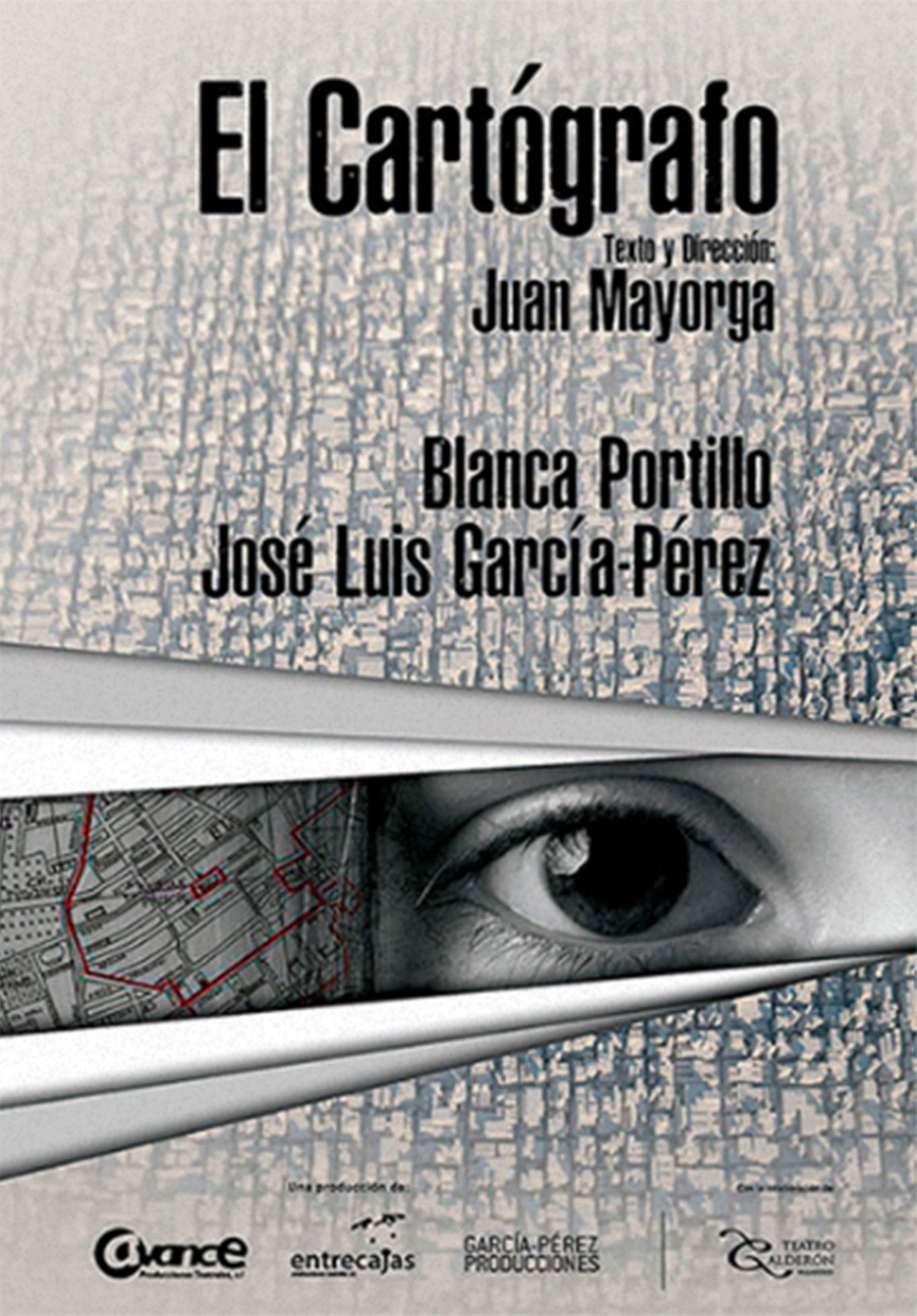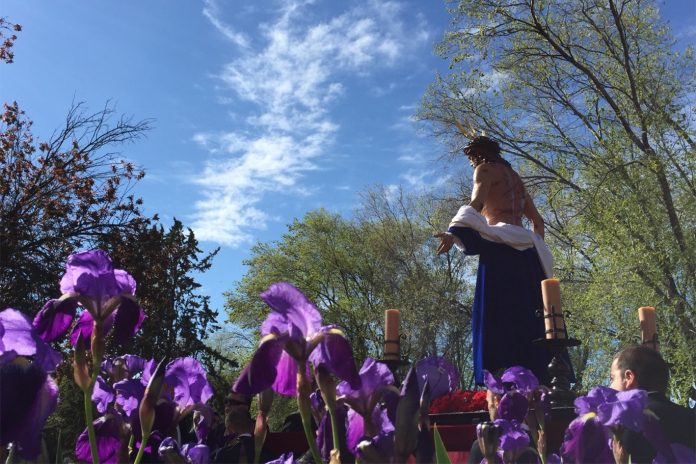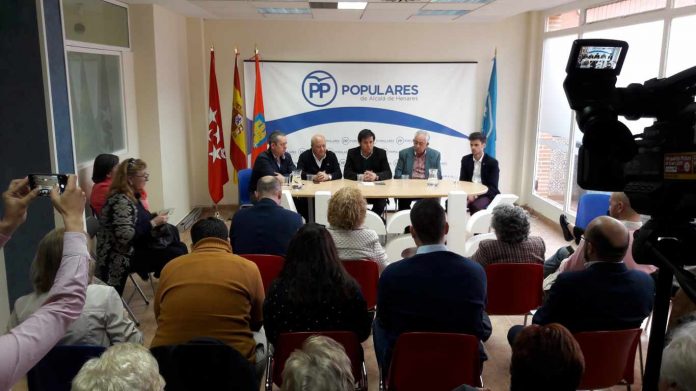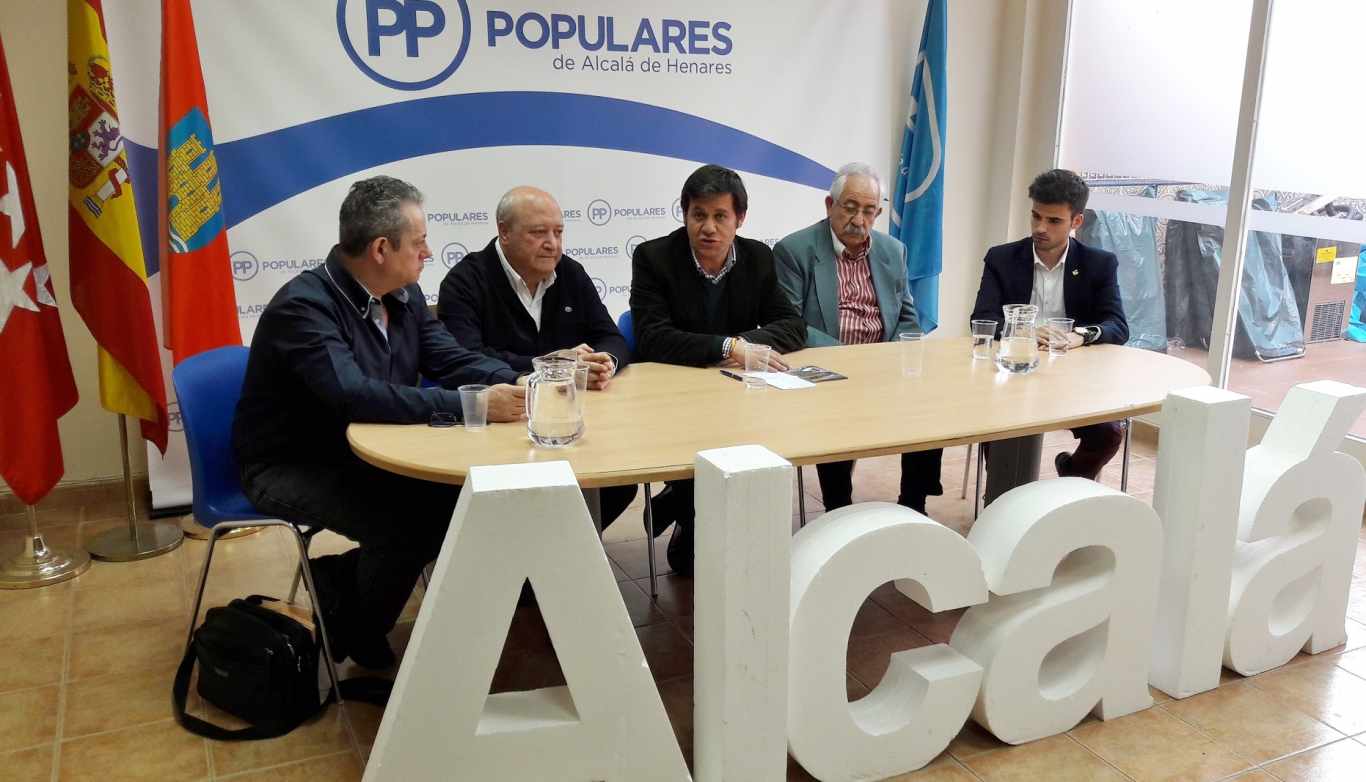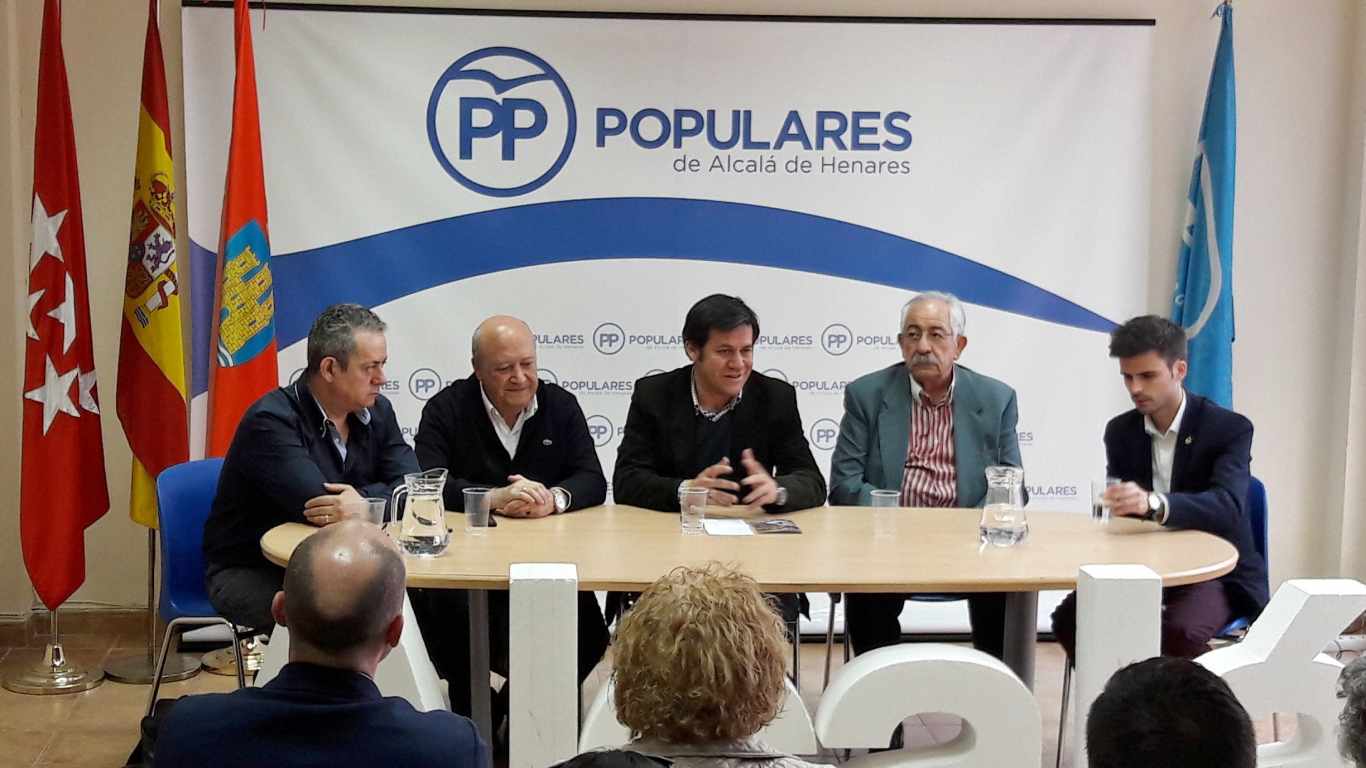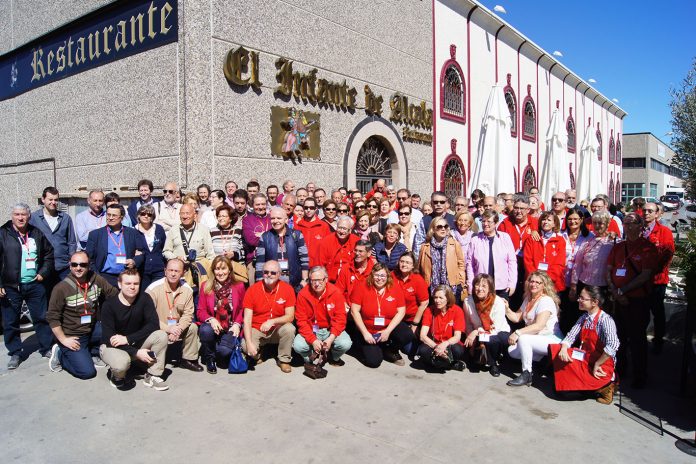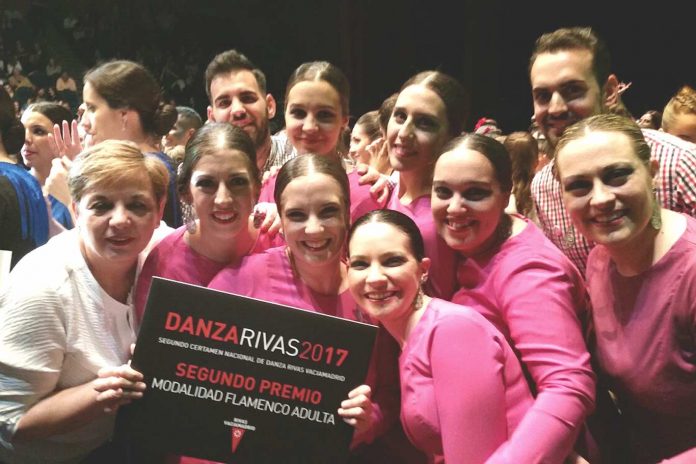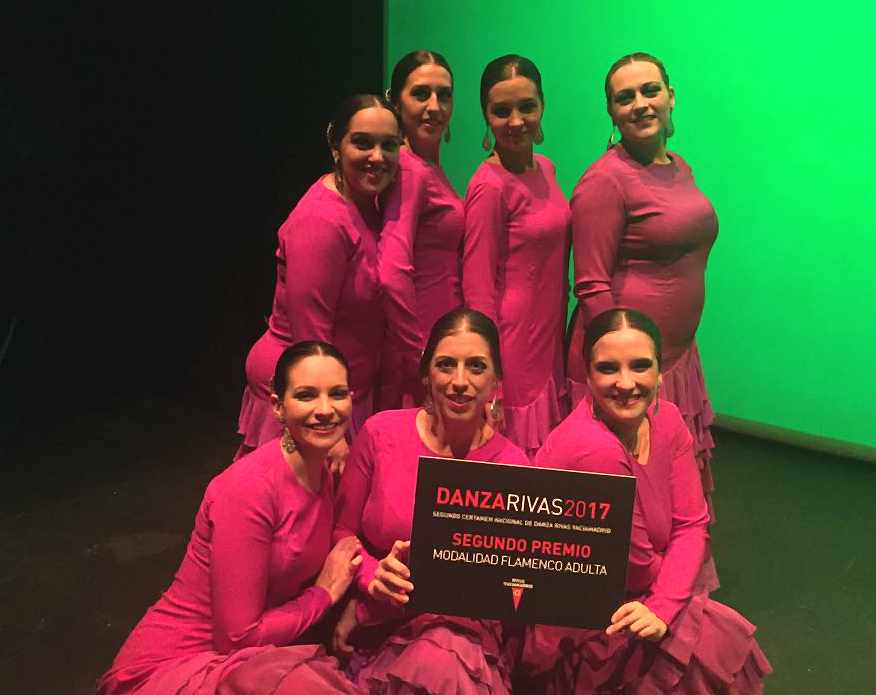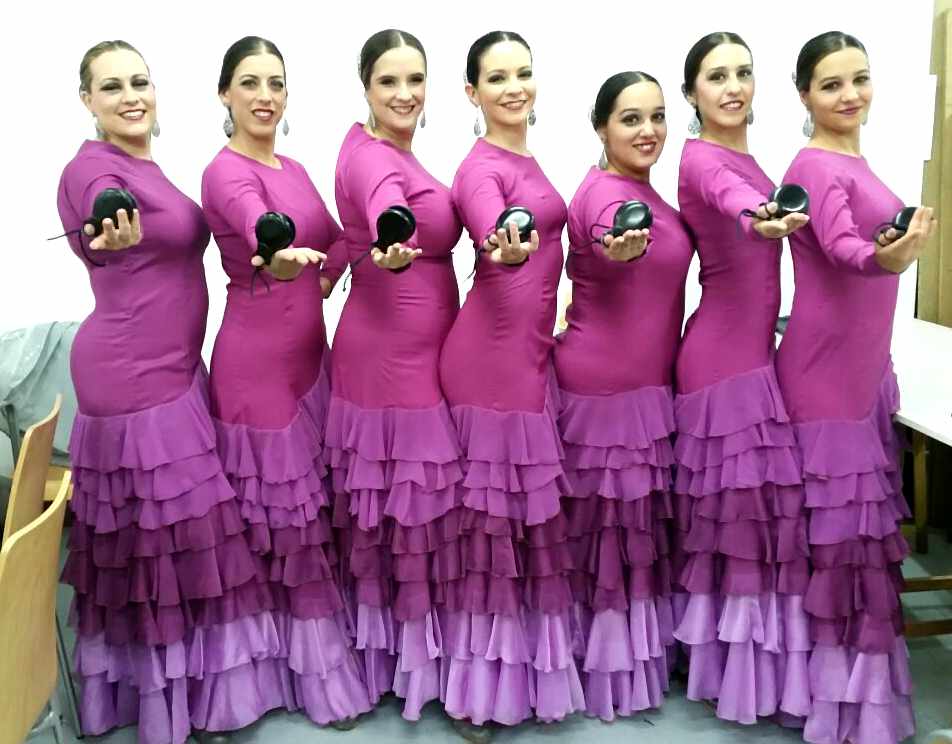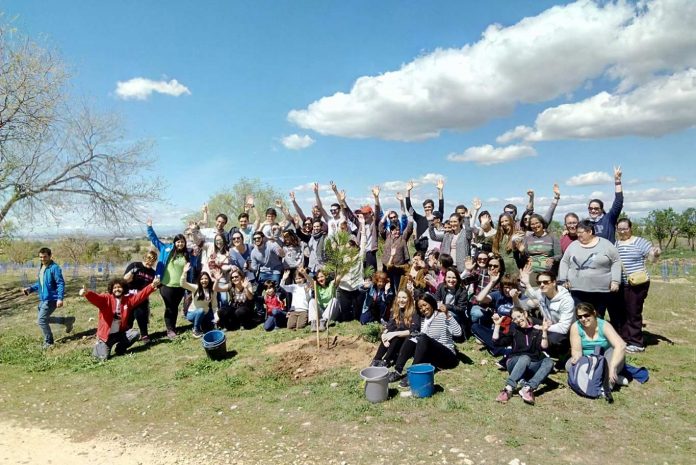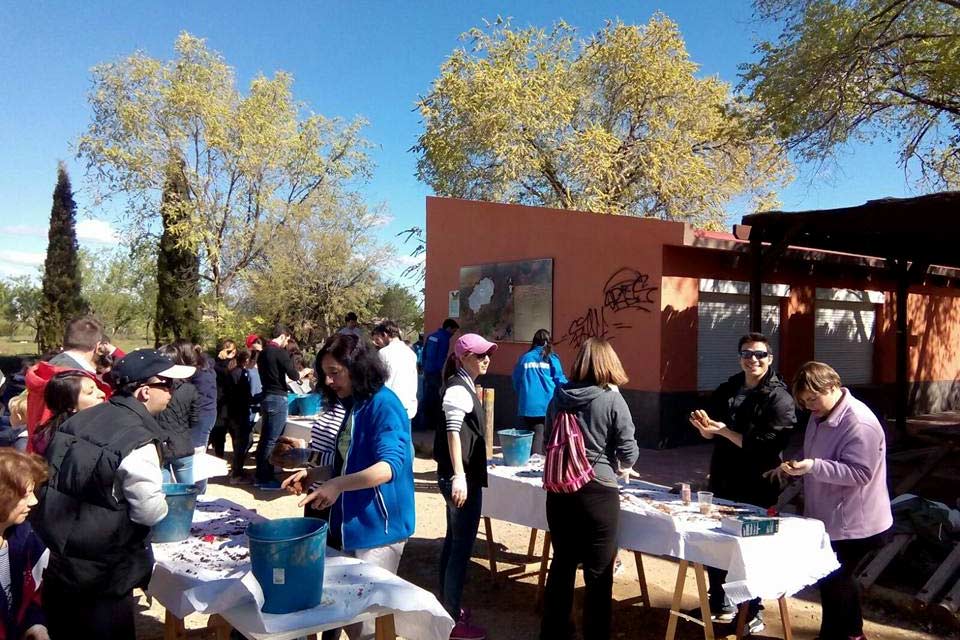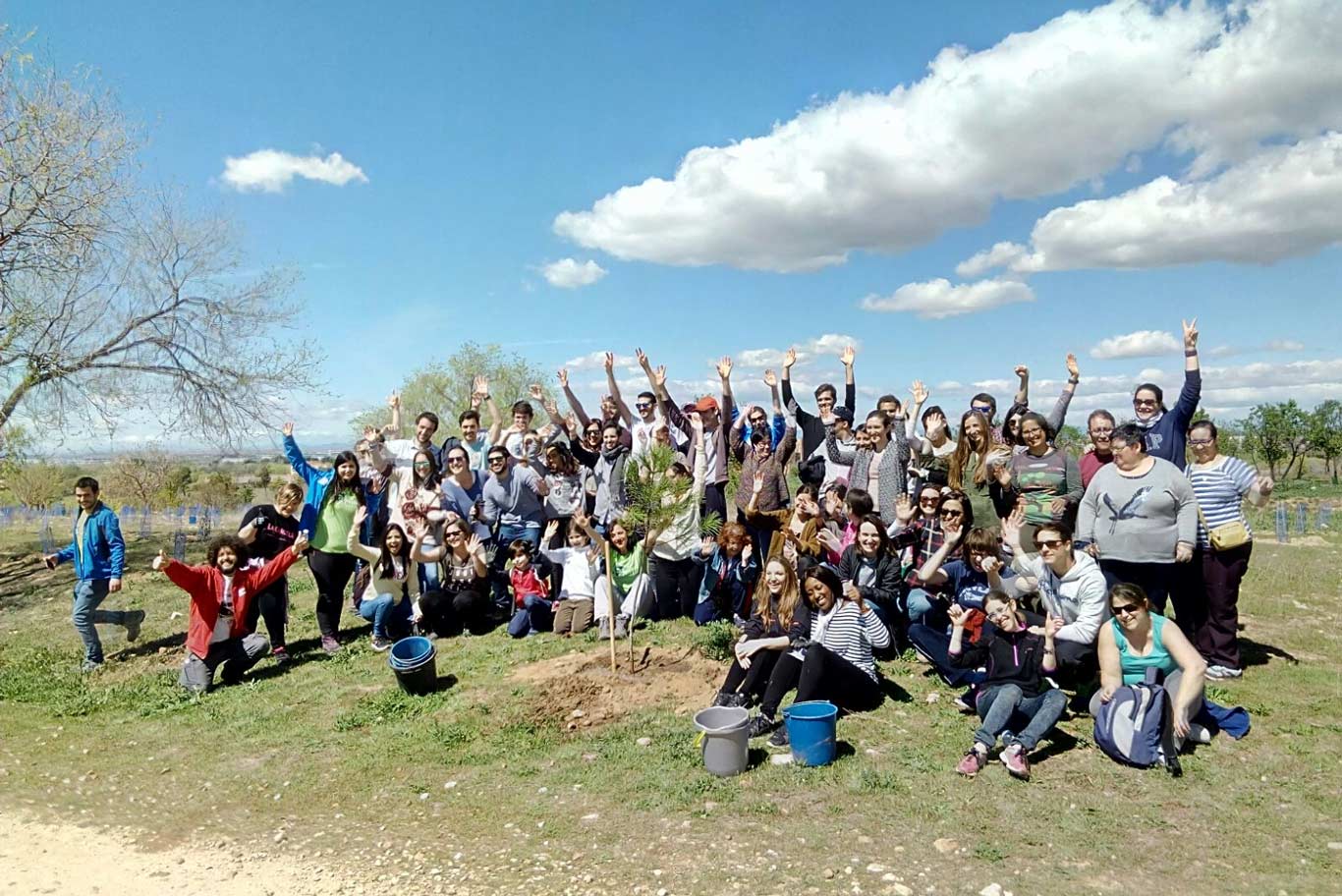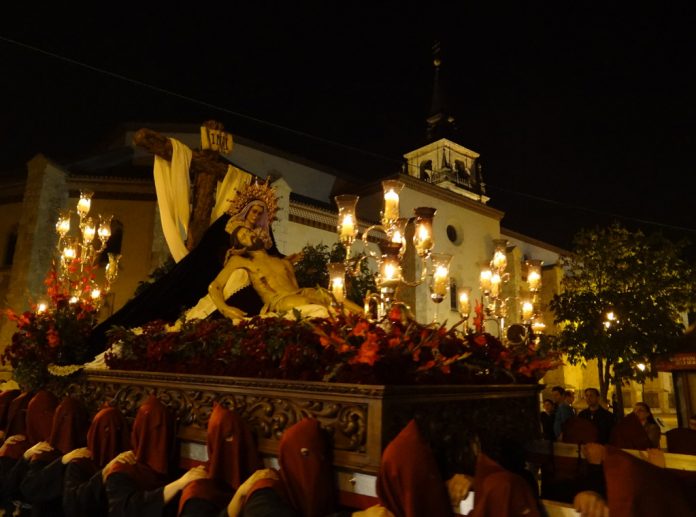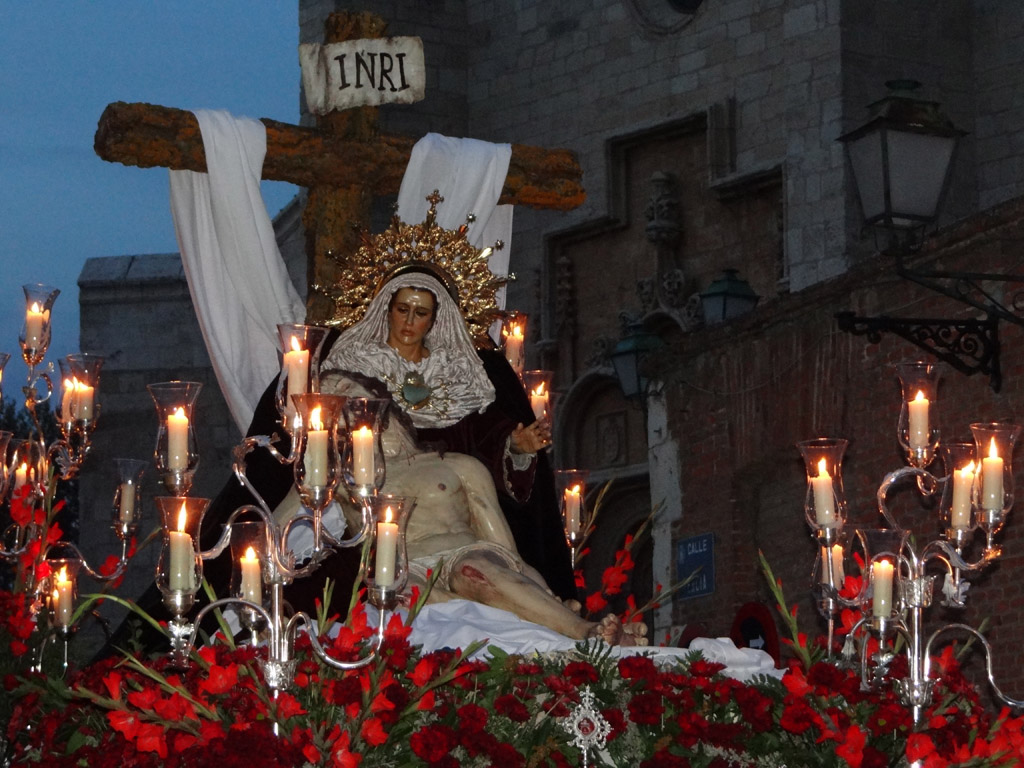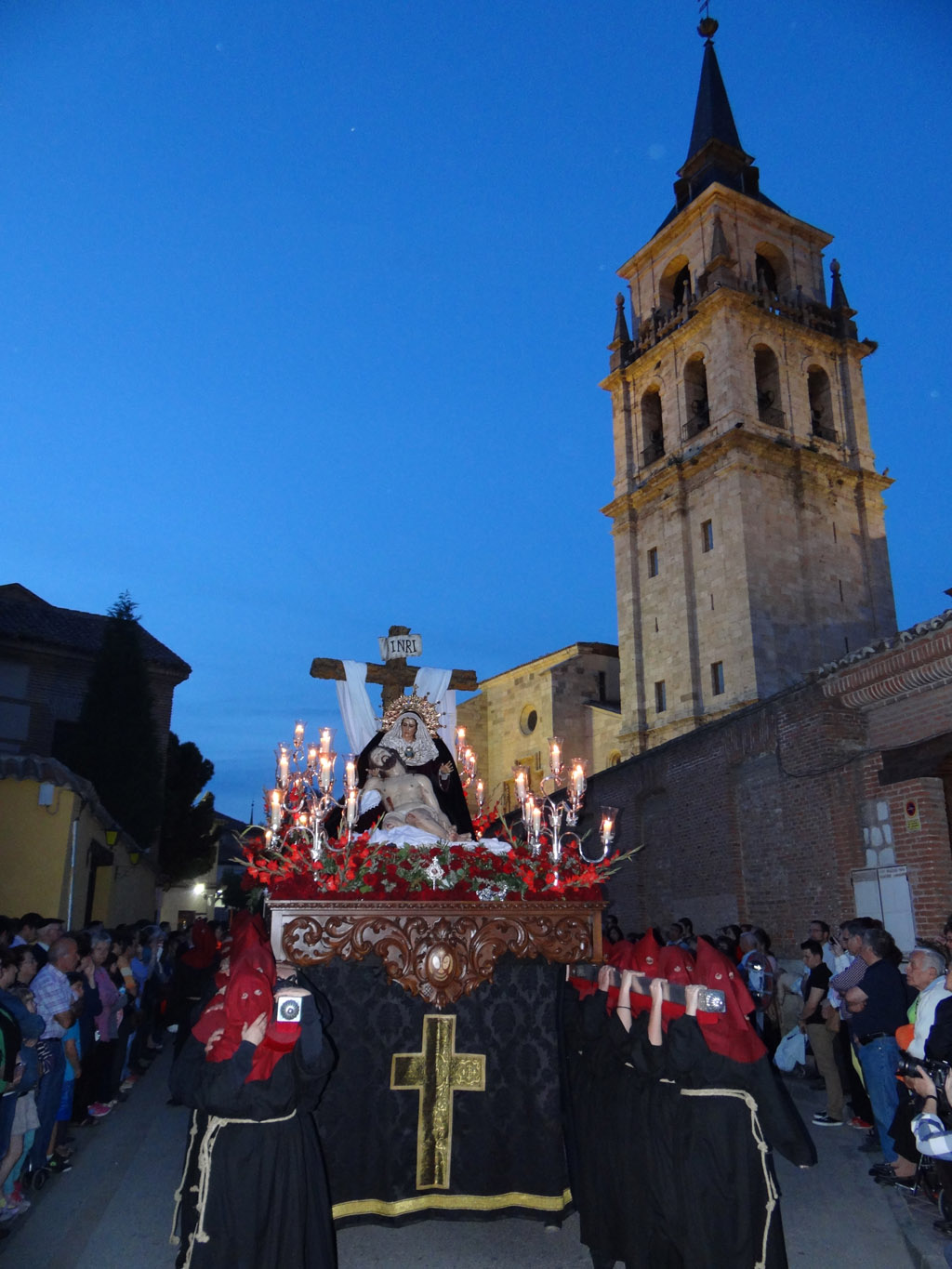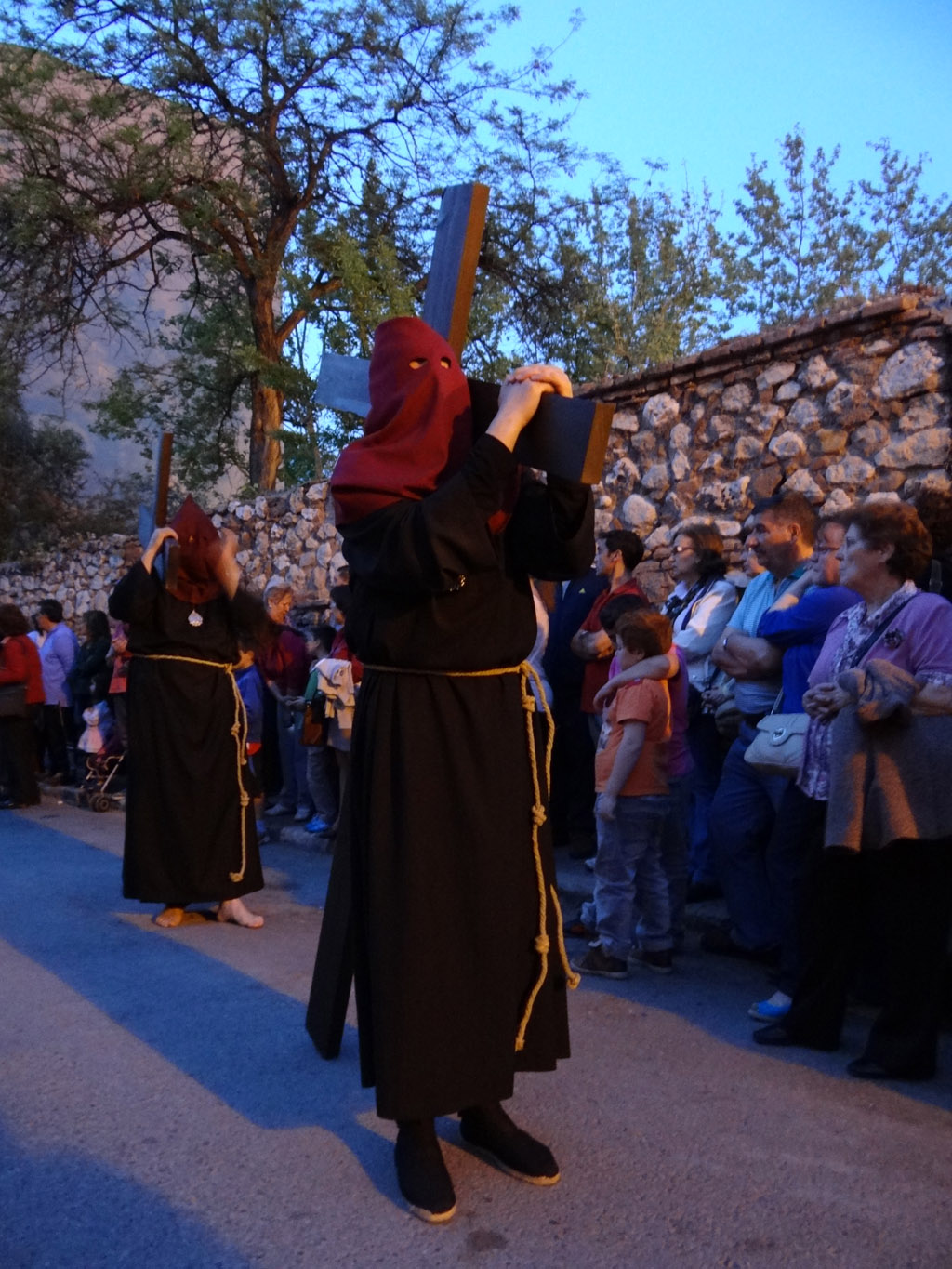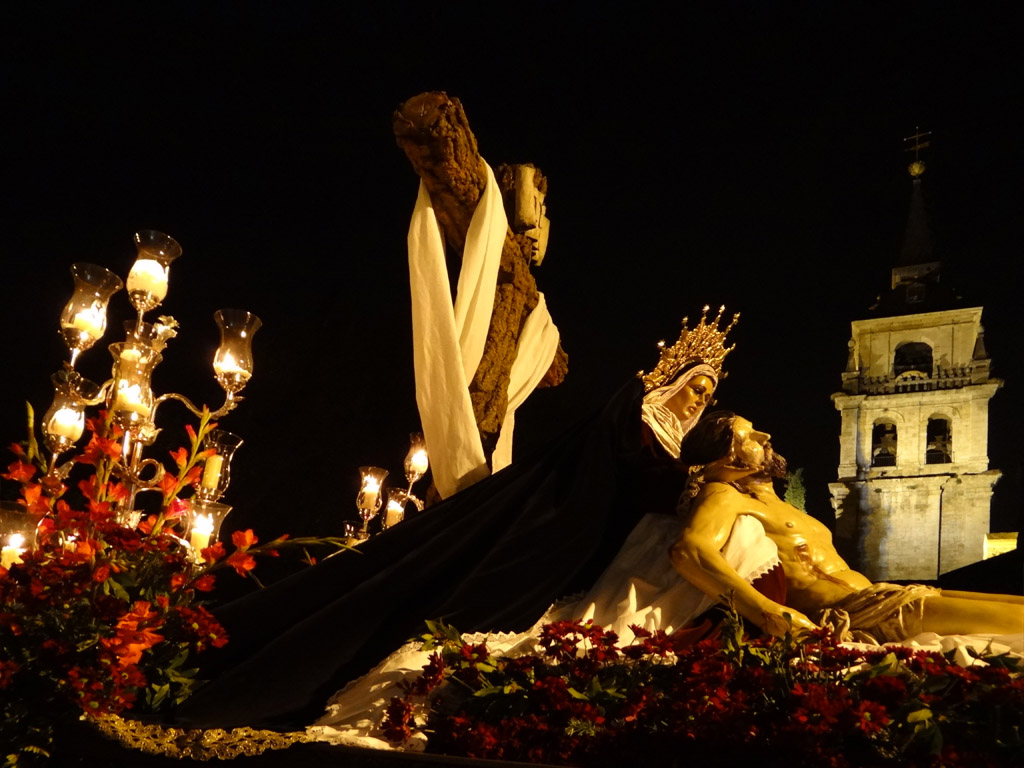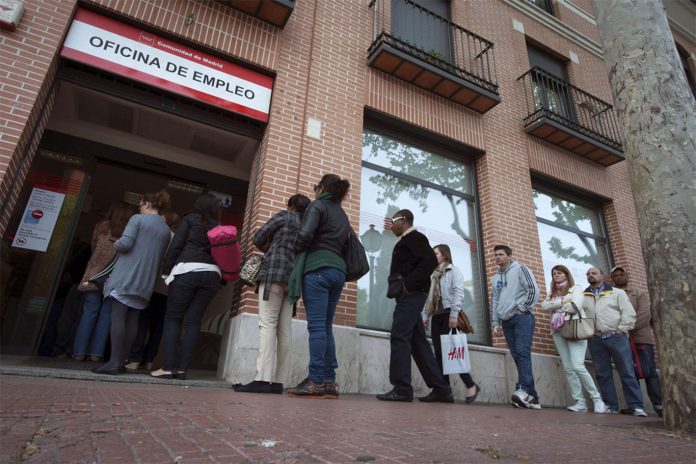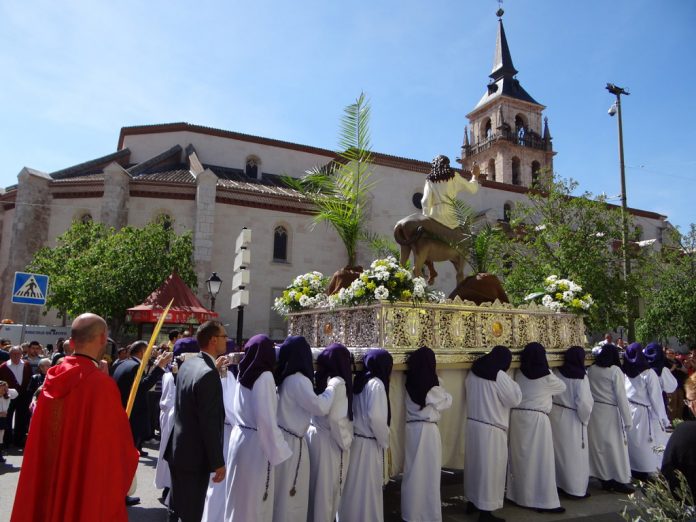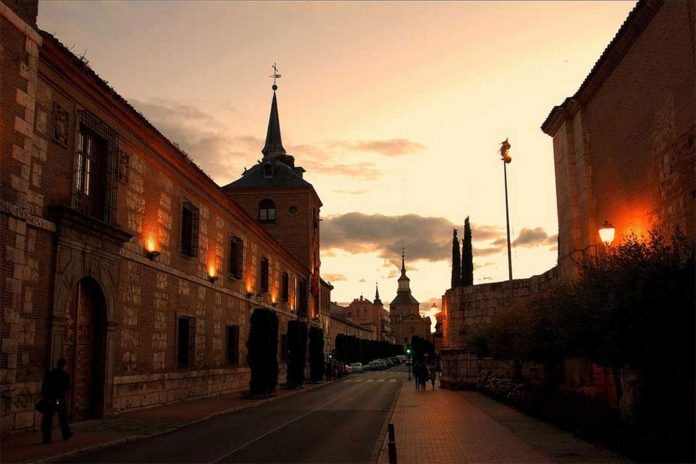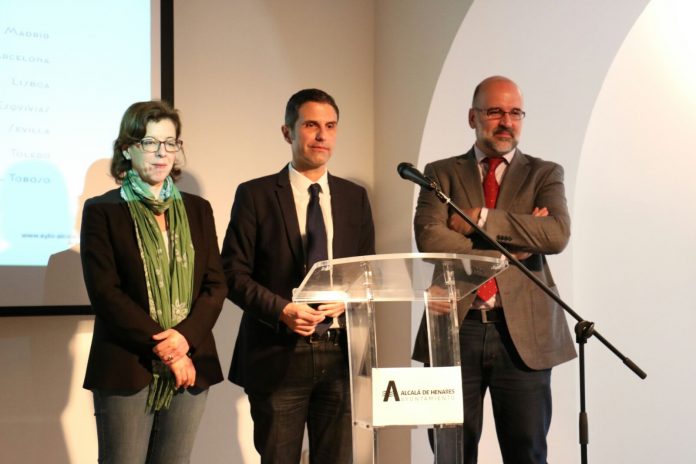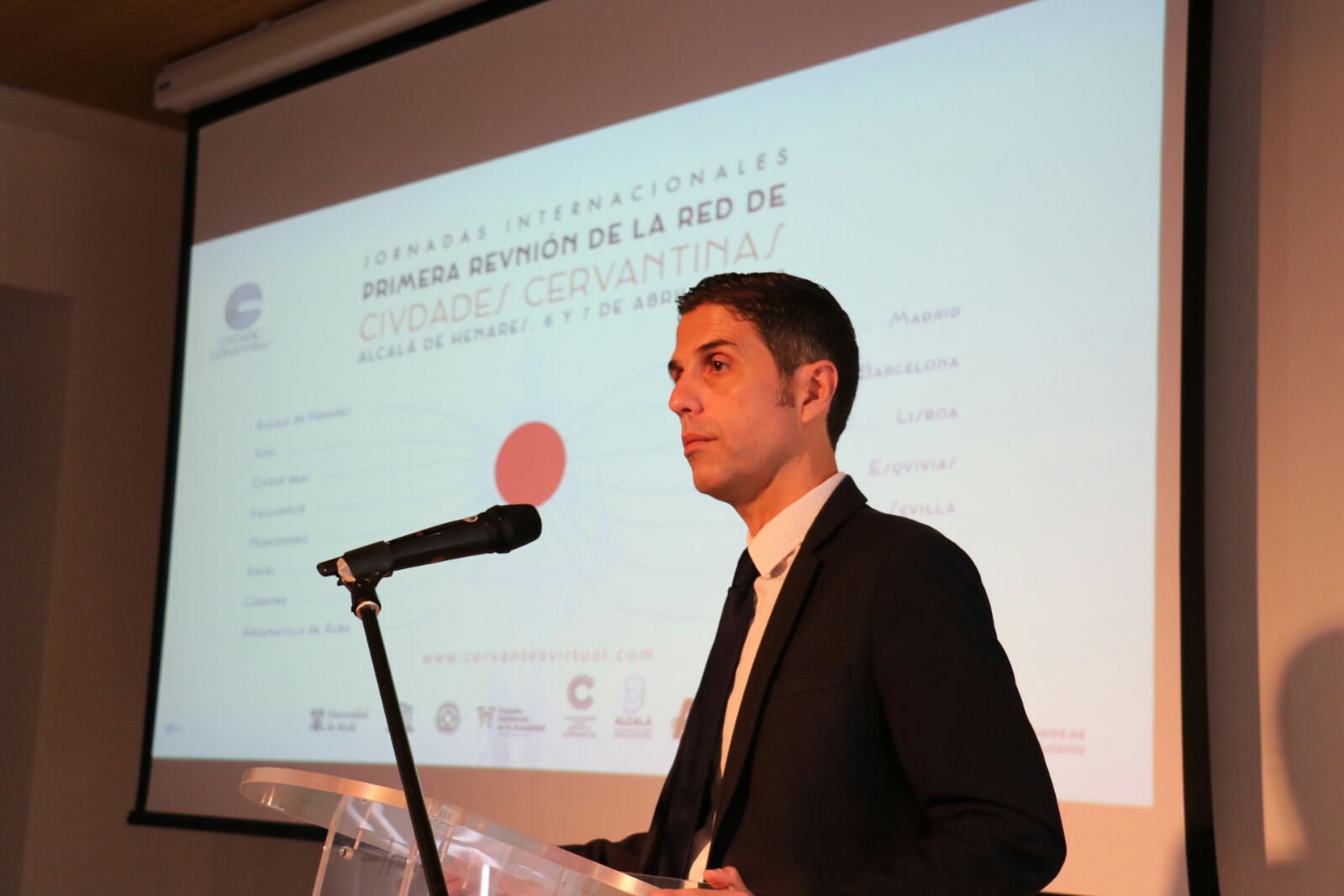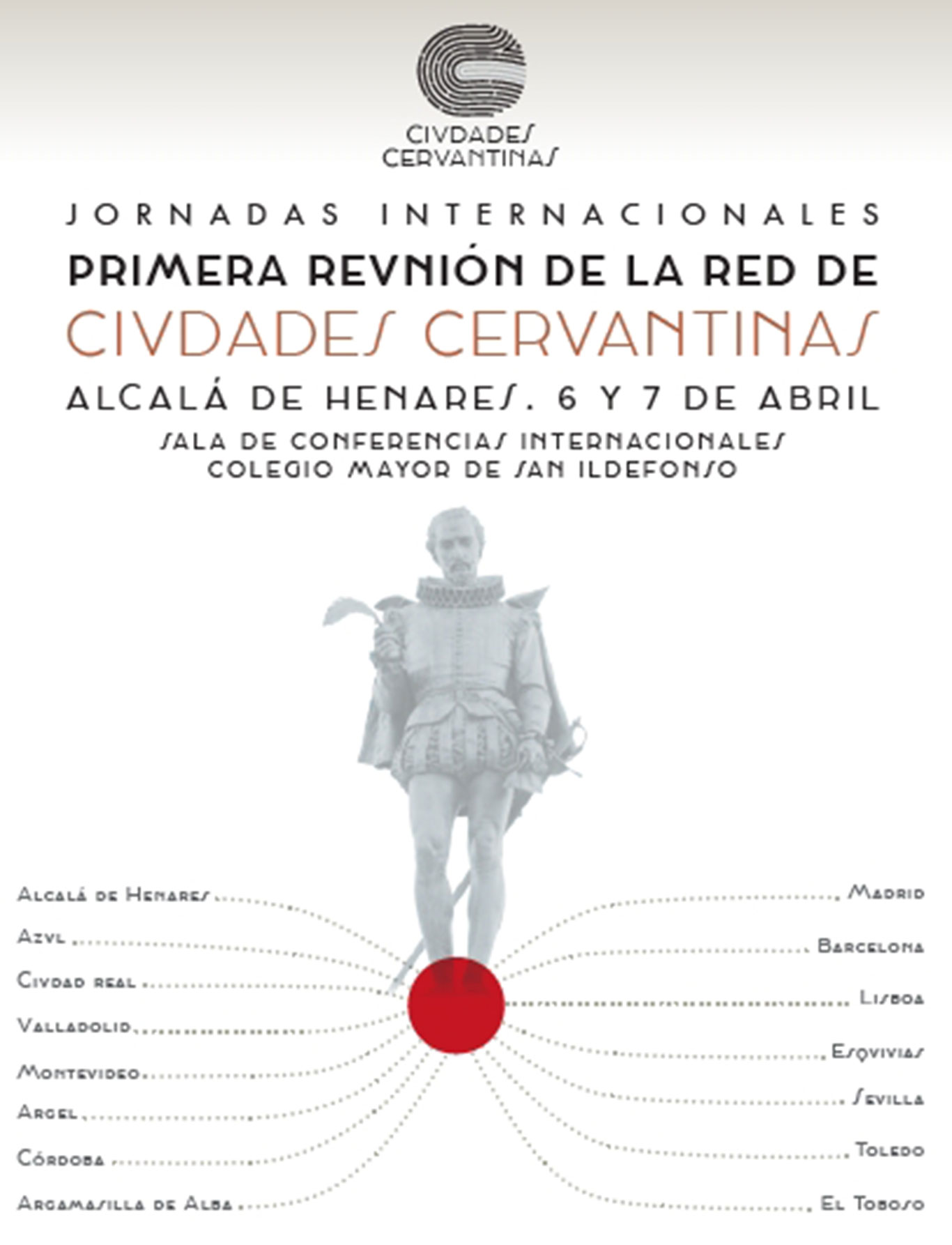ENTRADA TRIUNFAL DE JESÚS EN JERUSALÉN
ESTE AÑO CORRESPONDE SACAR EL PASO, EN NOMBRE DE LA JUNTA DE COFRADÍAS, A LA COFRADÍA DEL STMO. CRISTO DE LA ESPERANZA Y EL TRABAJO Y NTRA. SRA. DE LA MISERICORDIA.
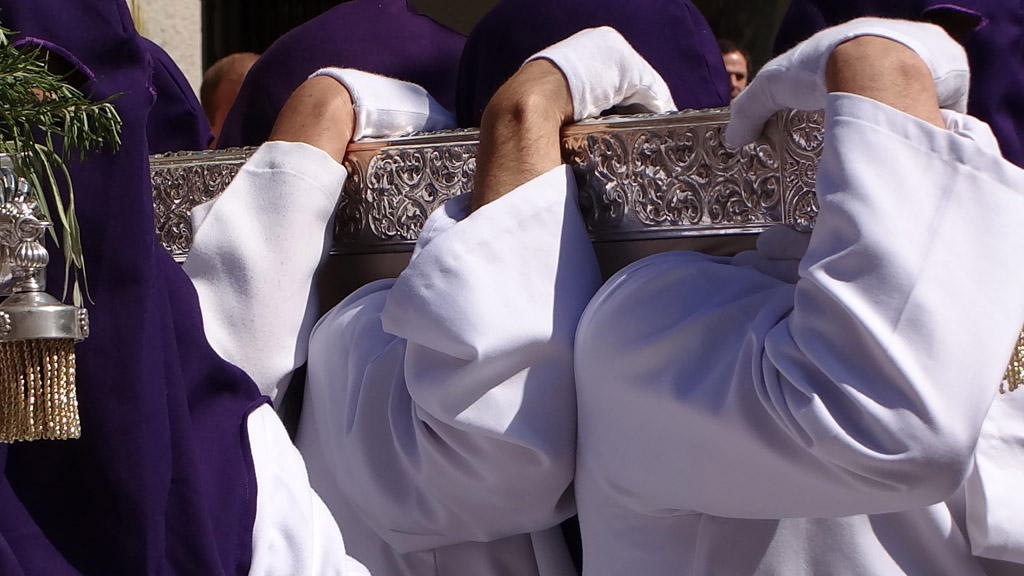
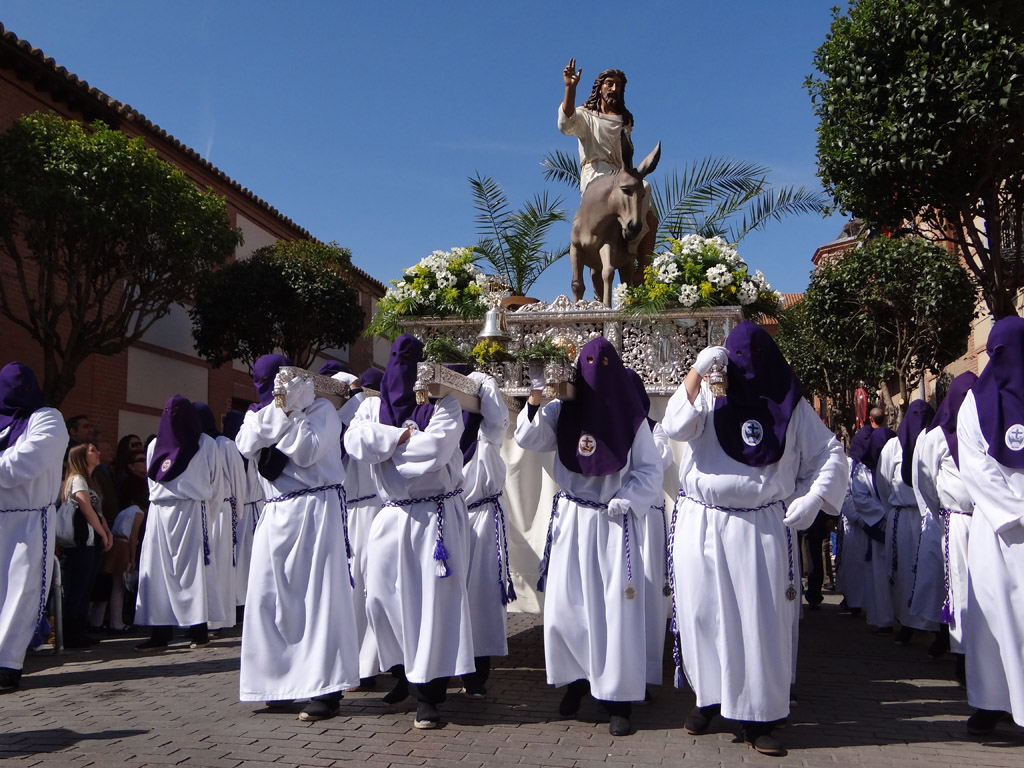
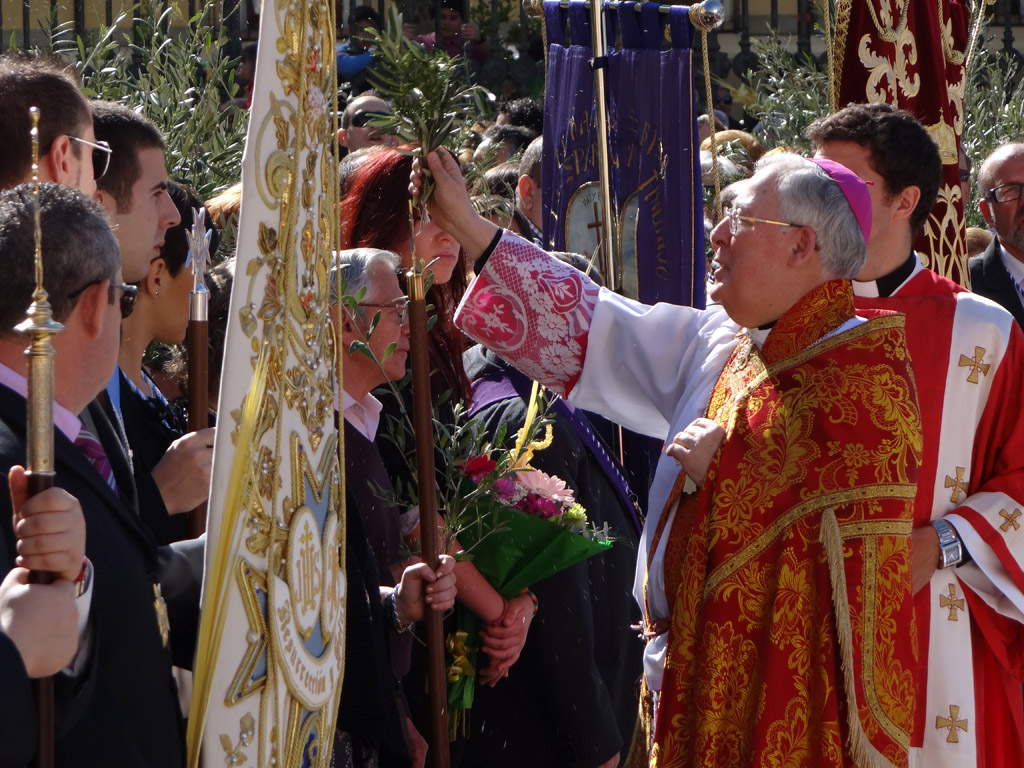
Resumen fotográfico del Domingo de Ramos
Entrada Triunfal de Jesús en Jerusalén
SALIDA DEL PALACIO ARZOBISPAL: Magnifico edificio que en la actualidad solo conserva uno de los cuatro patios que tuvo. Ardió en 1939 (concluida la Guerra Civil) perdiéndose un grandísimo legado artístico y documental.
Fue D. Rodrigo Jiménez de Rada quien en 1209 inicia las obras del palacio, adoptando la forma de fortaleza mudéjar, iniciándose una estrecha relación de nuestra ciudad con los mitrados toledanos a los cuales pertenecía Alcalá. A finales del s. XIV D. Pedro Tenorio lo refuerza militarmente.
En el s. XV D. Juan Martínez Contreras construye el ala oriental del mismo que da a la Plaza de las Bernardas, con amplios ventanales con calados góticos. También son obras suyas el Antesalón y el Salón de Concilios, comunicados por un arco túmido.
El Palacio fue residencia de reyes y orgullo de los prelados. Aquí nació la hija de los Reyes Católicos, Catalina, futura reina de Inglaterra, y el hijo de Juana de Castilla, Fernando, sucesor en el trono imperial alemán, de su hermano Carlos I de España y V de Alemania.
En este lugar se produjo la primera entrevista entre los Reyes Católicos y Cristóbal Colón.
Con fachada renacentista, el edificio está situado junto a una plaza cerrada con una verja del s. XIX. En la fachada se distingue un escudo barroco de terracota.
PASO: La talla del Cristo fue realizada en el año 2006 por el imaginero
Javier Tudanca.
SALIDA: 10:00 h.
RECORRIDO: Iglesia Catedral-Magistral; Plaza. de Santa. Lucía; Plaza de los Santos Niños; C/de San Juan; Plaza de Palacio; Palacio Arzobispal.
10:45 h. Entrada en el Patio de Armas del Palacio Arzobispal
11:00 h. En el Palacio Arzobispal Bendición de Palmas.
11:30 h. Salida del Palacio Arzobispal; Plaza de Palacio; C/ de Santiago;C/ de la Imagen; C/ Mayor; Plaza de los Santos Niños; Plaza de Santa Lucía.
12:30 h. Iglesia Catedral Magistral.
ACOMPAÑAMIENTO MUSICAL: Agrupación Musical Nuestra Señora del Rosario de Alcalá de Henares.
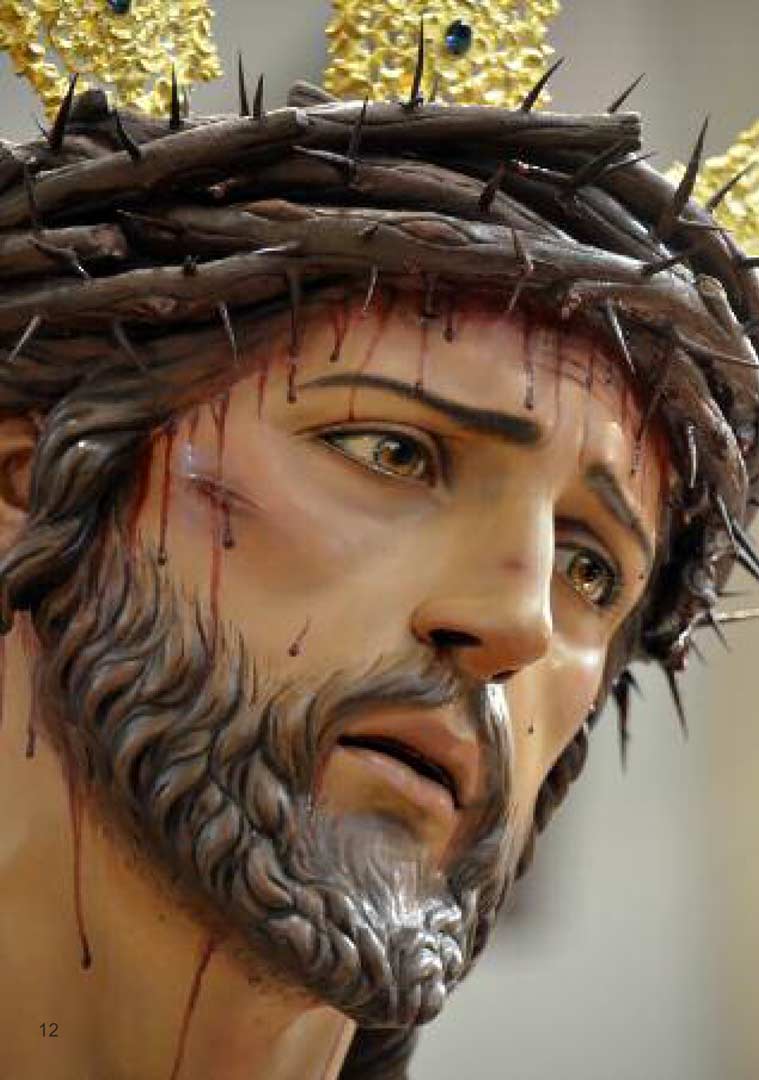
HERMANDAD DE JESÚS DESPOJADO DE SUS VESTIDURAS, MARÍA SANTÍSIMA DE LA PAZ Y ESPERANZA Y SAN JUAN EVANGELISTA
SEDE CANÓNICA:Parroquia de Santo Tomás de Villanueva, Espartales.
REFERENCIA HISTÓRICA: La Hermandad de Jesús Despojado se funda el 23 de enero de 2016, con la aprobación del Obispo Complutense de sus Estatutos, siendo la décima Hermandad penitencial de la ciudad de Alcalá de Henares. Años atrás la Hermandad se establece en la Parroquia de Santo Tomás de Villanueva en el barrio de Espartales realizando grandes obras de caridad, fomentando el culto y la formación entre sus miembros. En enero de 2016, se bendice a su primer titular: Jesús Despojado de sus Vestiduras y en octubre del mismo año se hace lo propio con su Madre, María Santísima de la Paz y Esperanza.
PASOS: Jesús Despojado de sus Vestiduras, talla madera realizada en madera de cedro real por el escultor imaginero D. Rafael Martín Hernández en 2015. Procesionará en un paso portado por 40 costaleros.
VESTIMENTA: La túnica de la Hermandad se compone de un hábito y capirote de color azul real, con botonadura blanca y cíngulo azul real y blanco; sobre la túnica se portará capa de color blanca con el escudo de la Hermandad sobre el hombro izquierdo; debajo del capirote penderá del cuello del hermano/a la medalla de la corporación, el calzado será negro y los guantes de color blanco.
SALIDA: A las 16:00 horas desde la Parroquia de Santo Tomás de Villanueva.
ENTRADA: A las 22:30 horas en la Santa e Insigne Catedral Magistral
RECORRIDO: Parroquia de Santo Tomás de Villanueva Calle Pío Baroja, calle Benito Pérez Galdós, Plaza Alfonso XII, calle José María Pereda, Plaza de José de Espronceda, calle José María Pereda, Plaza de Carlos Arniches, calle José María Pereda, Plaza de la Paz, Avenida de la Alcarria, calle de Isabel de Guzman,calle Ferraz, calle Cánovas del Castillo, calle Talamanca, calle del Ángel, Plaza de Atilano Casado, calle del Tinte, calle Santiago, calle Imagen, calle Mayor, Plaza de los Santos Niños, calle Tercia CatedralMagistral.
ACOMPAÑAMIENTO MUSICAL: Agrupación Musical Nuestro Padre Jesús Nazareno de Talavera de la Reina, Toledo.
Resumen fotográfico del Jesús Despojado


